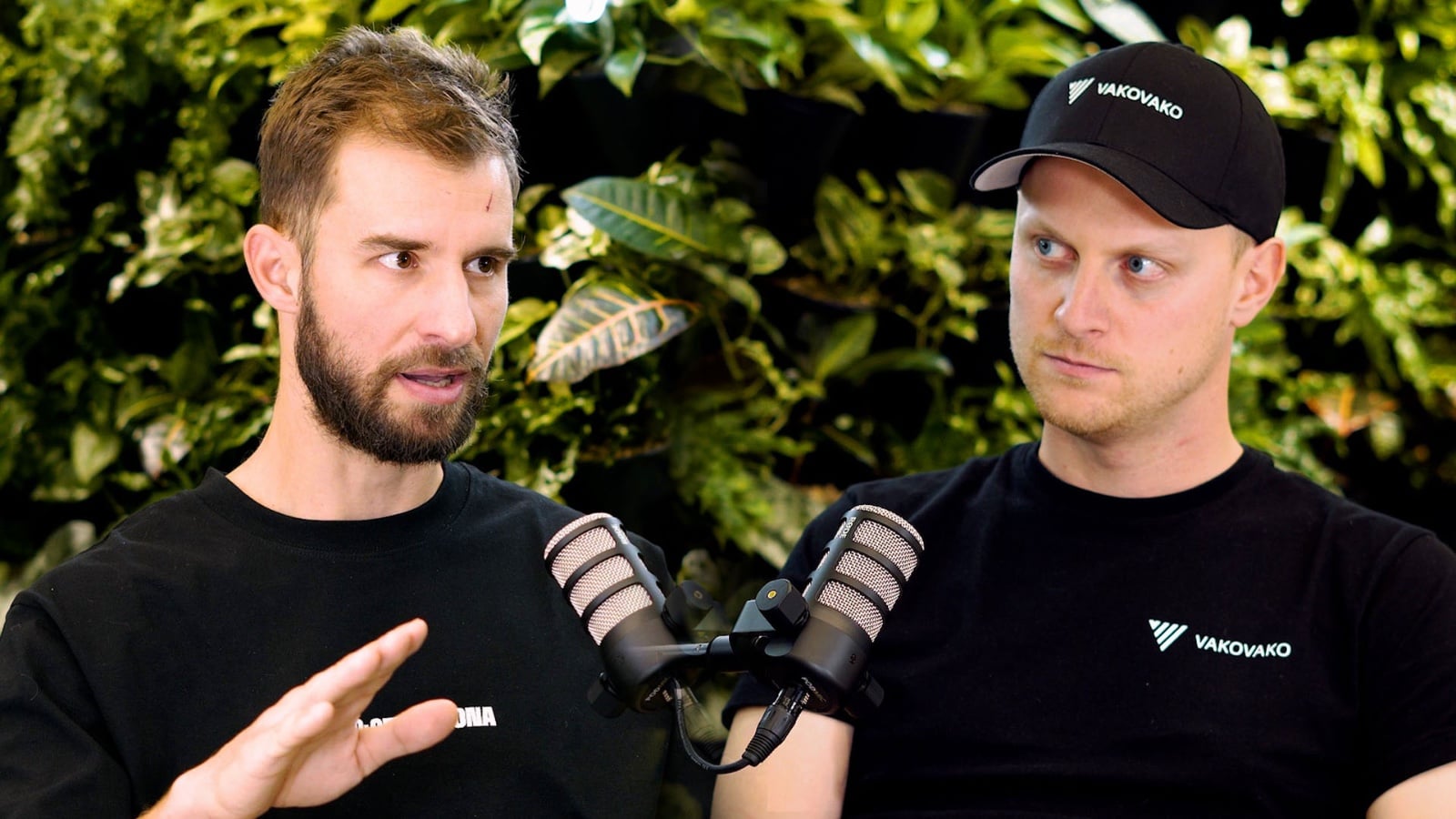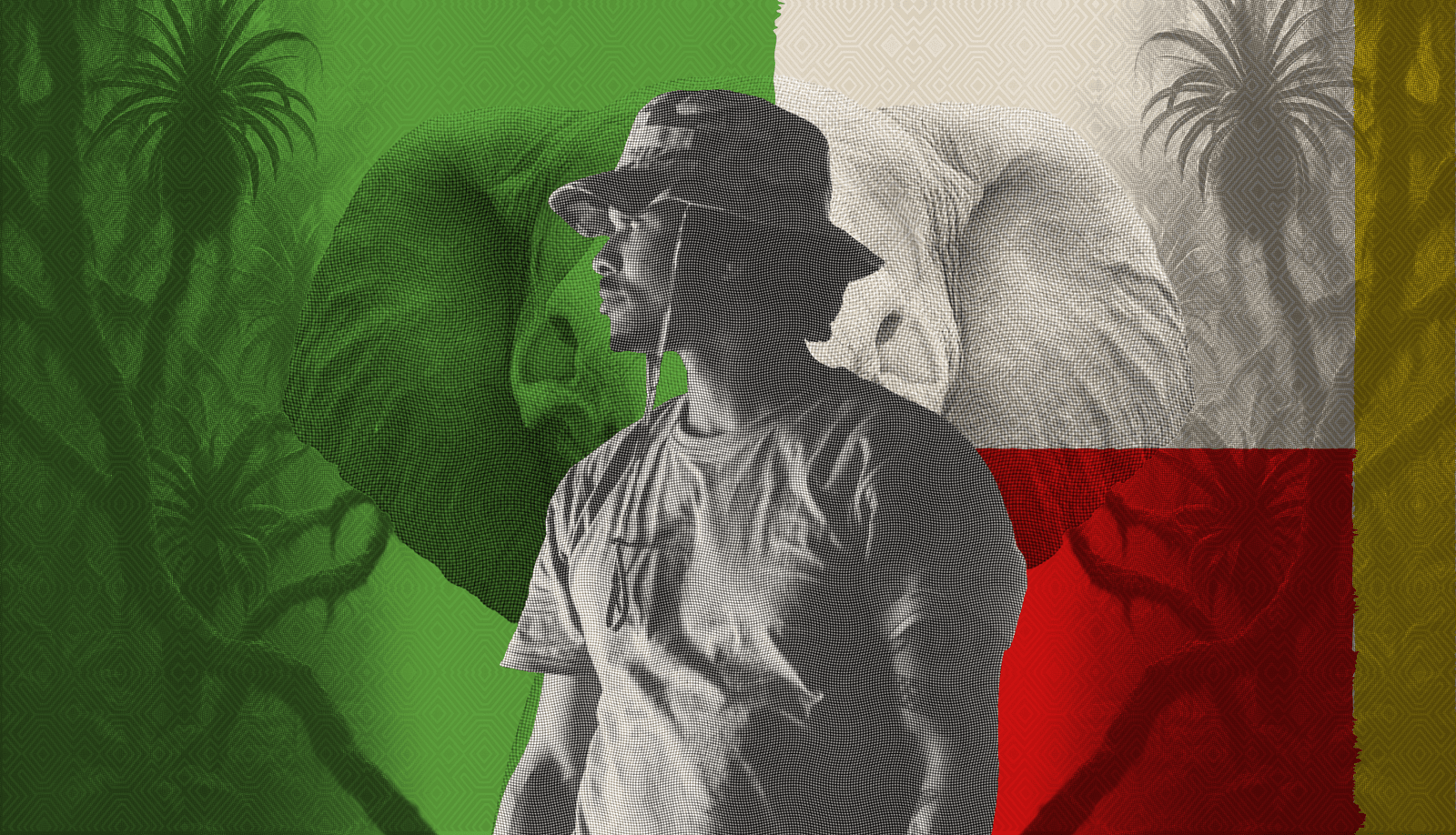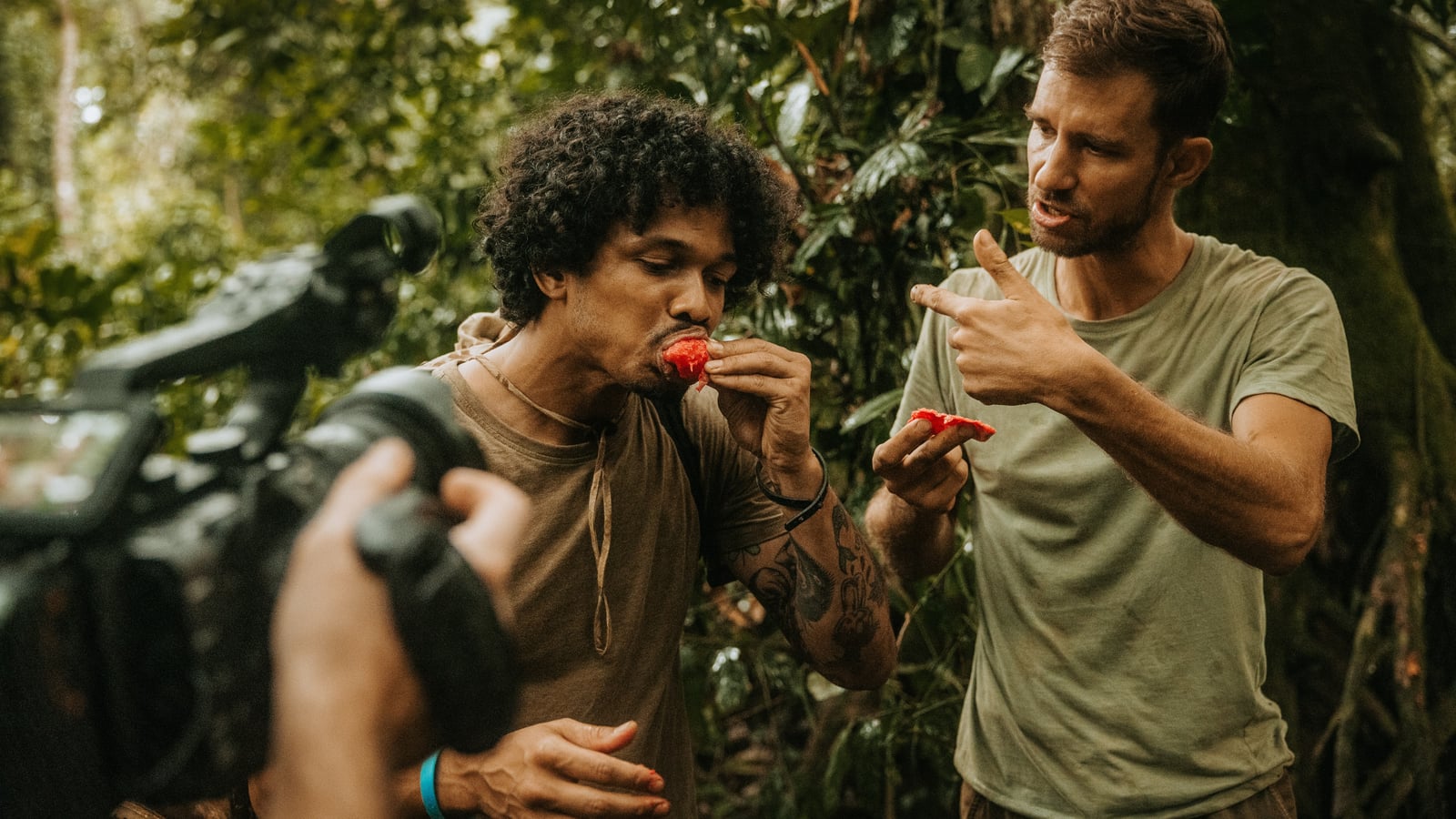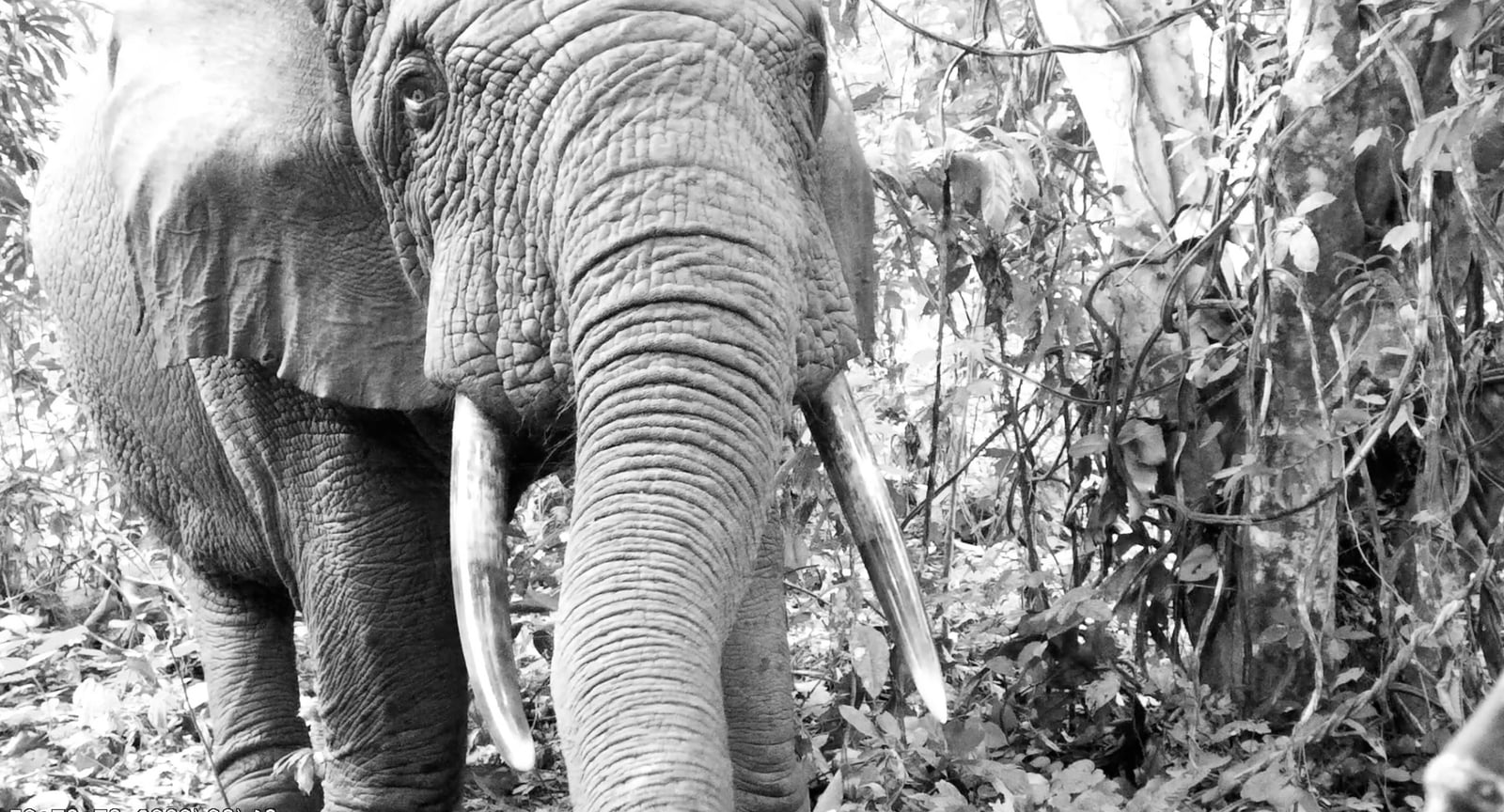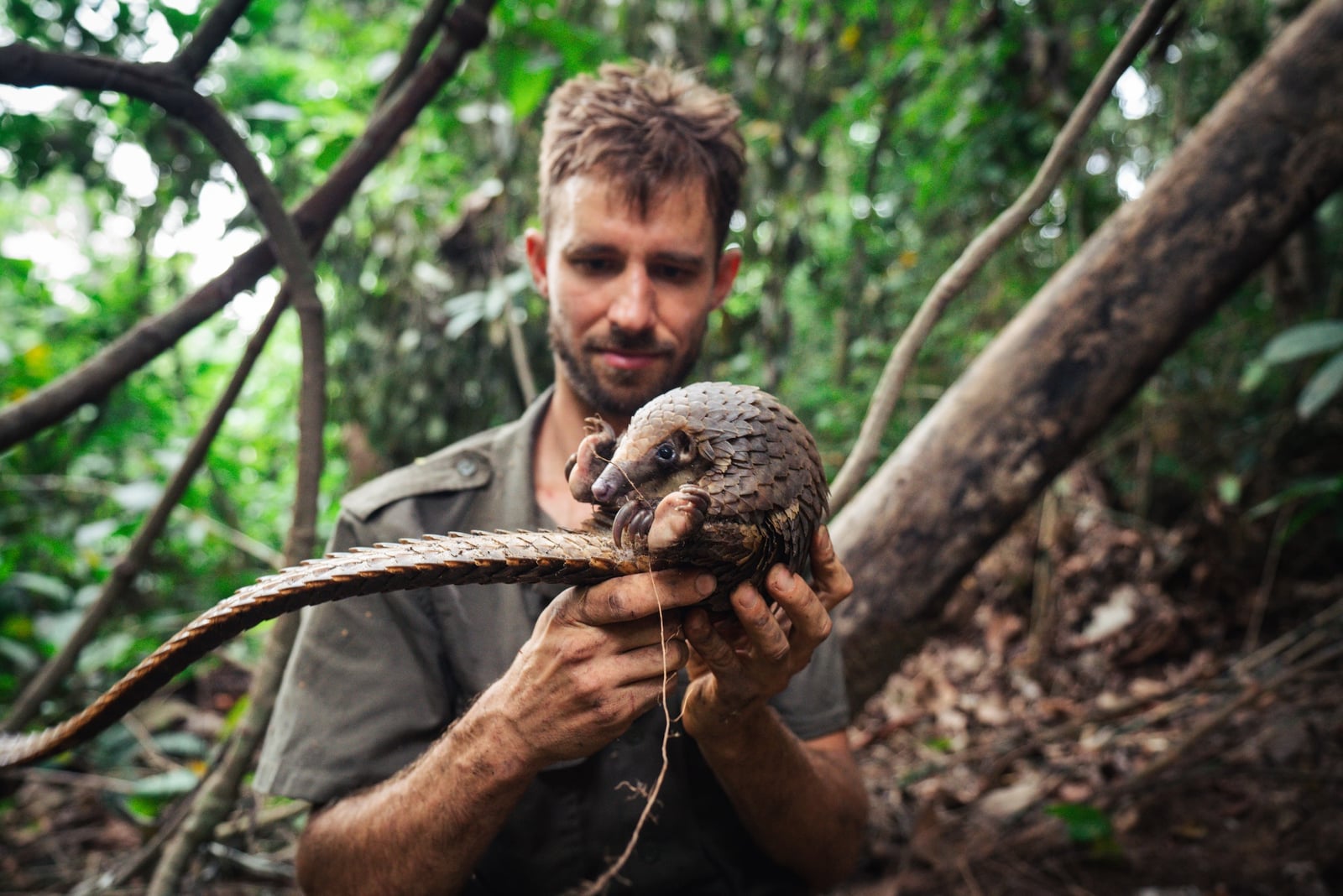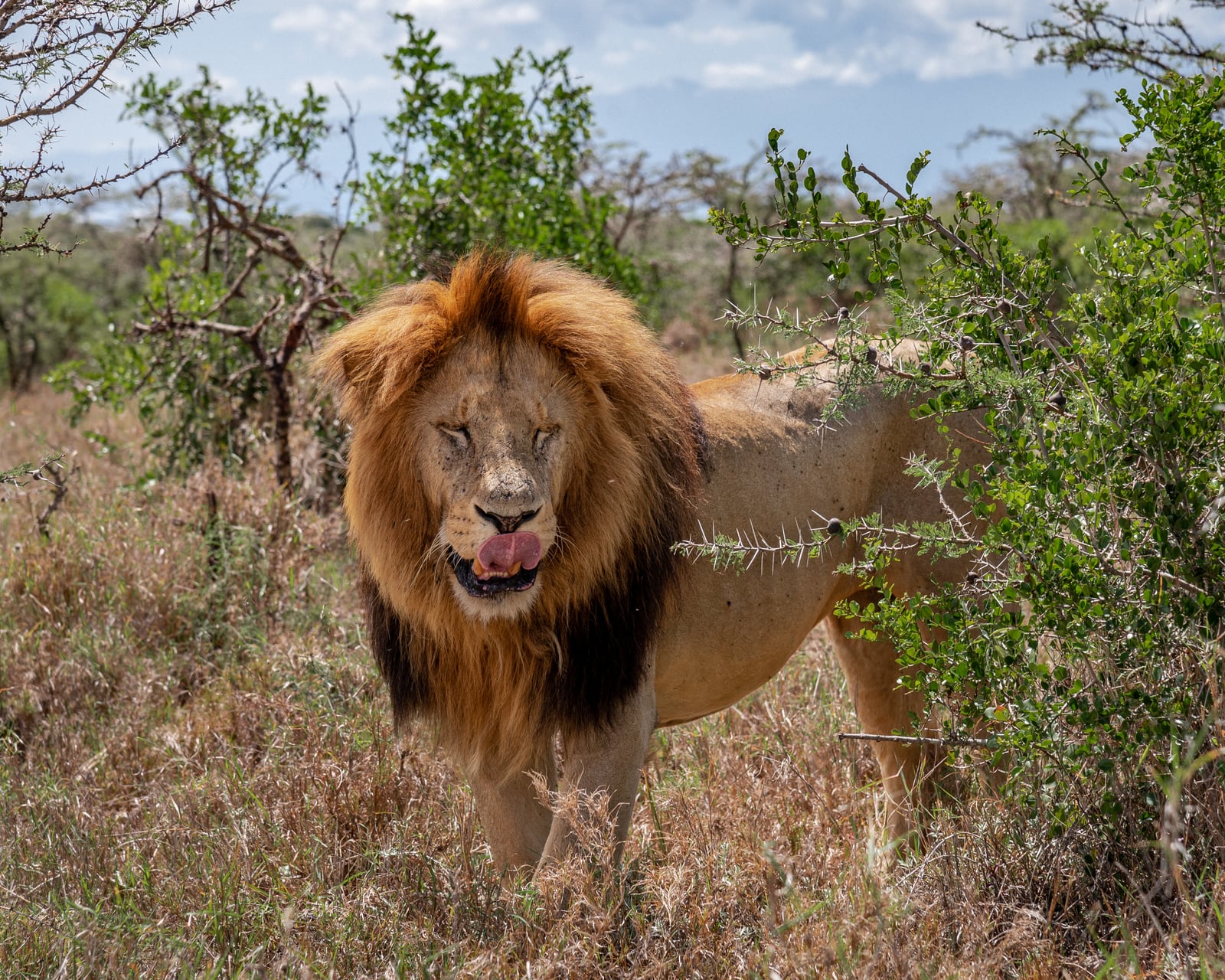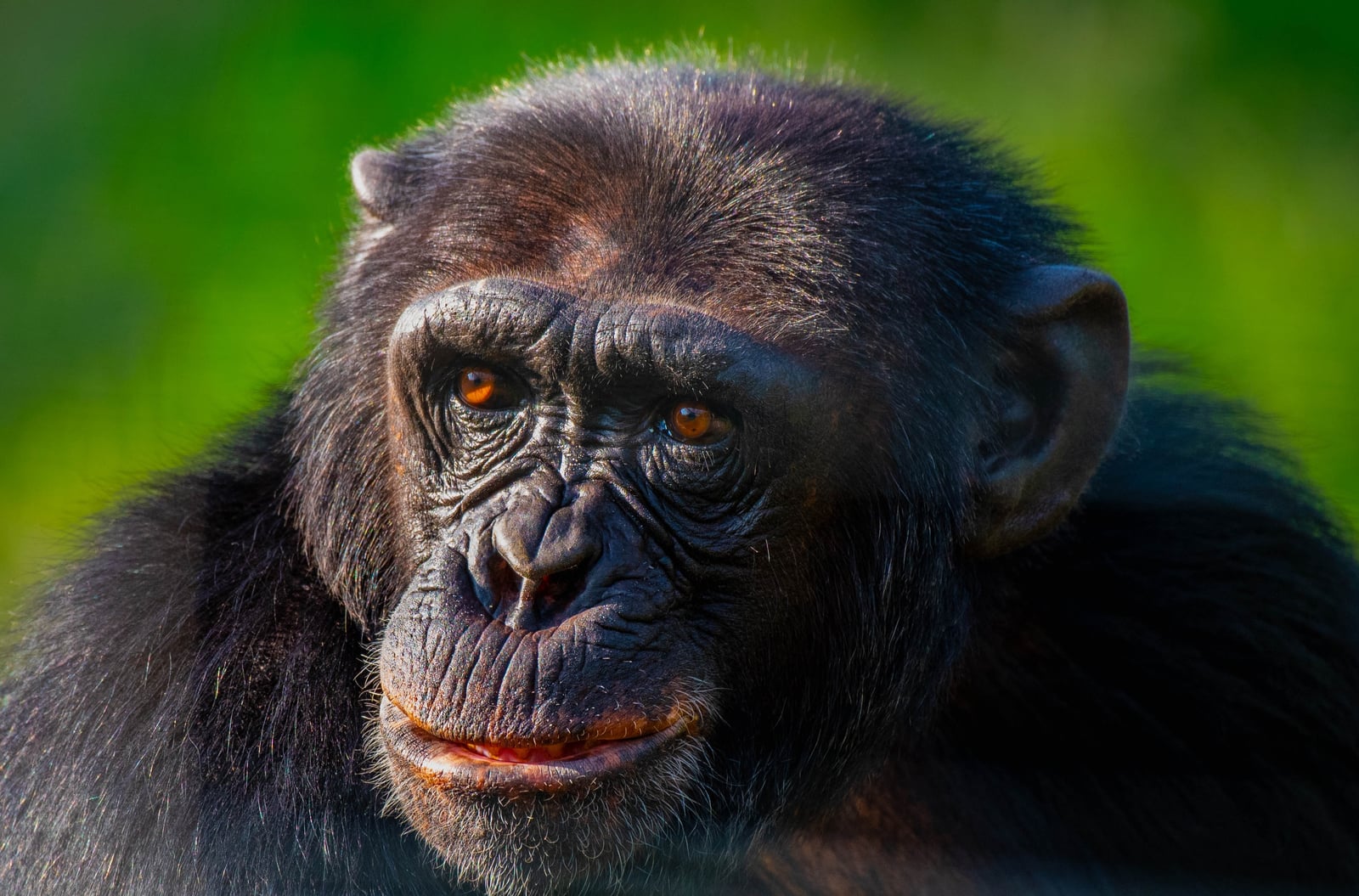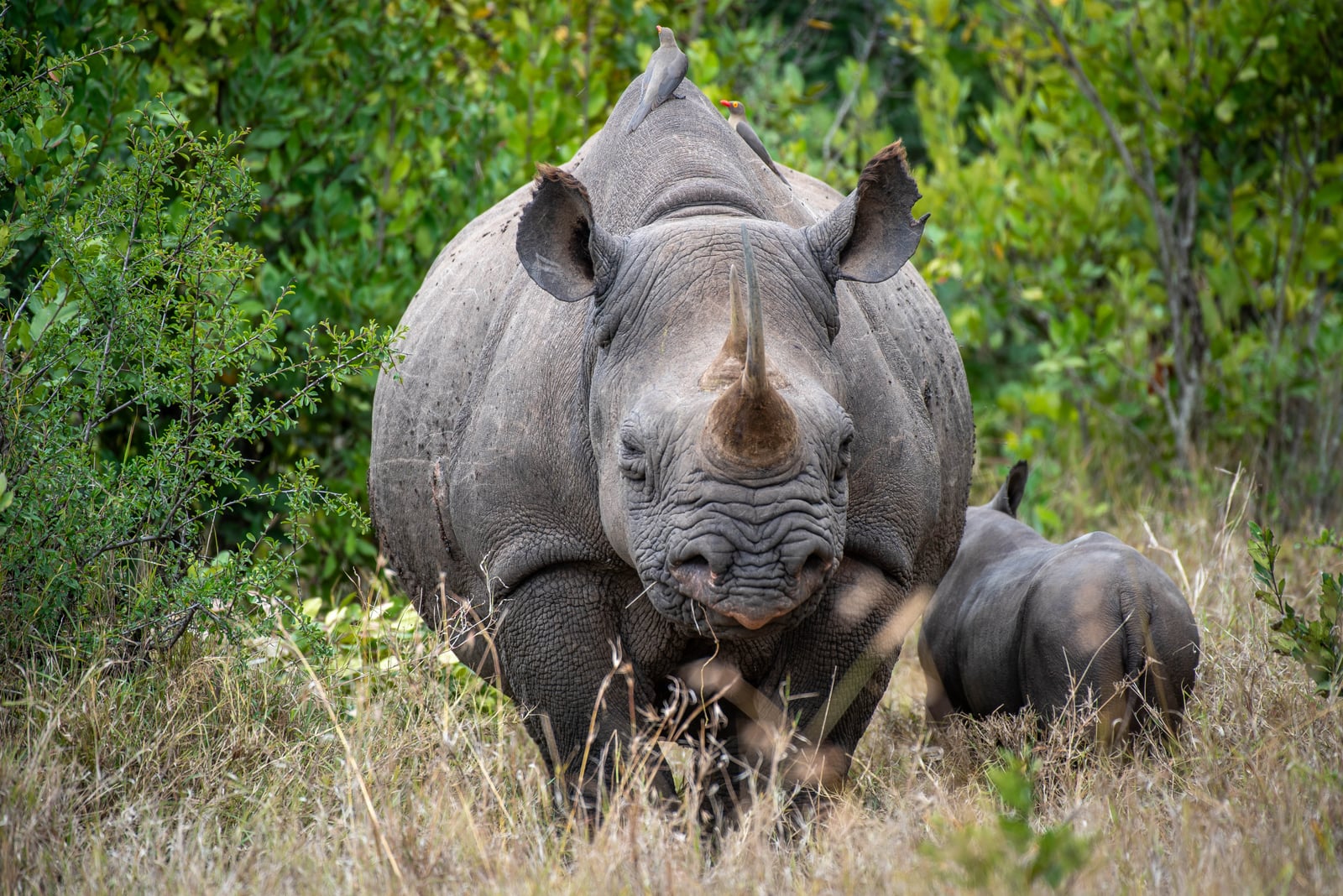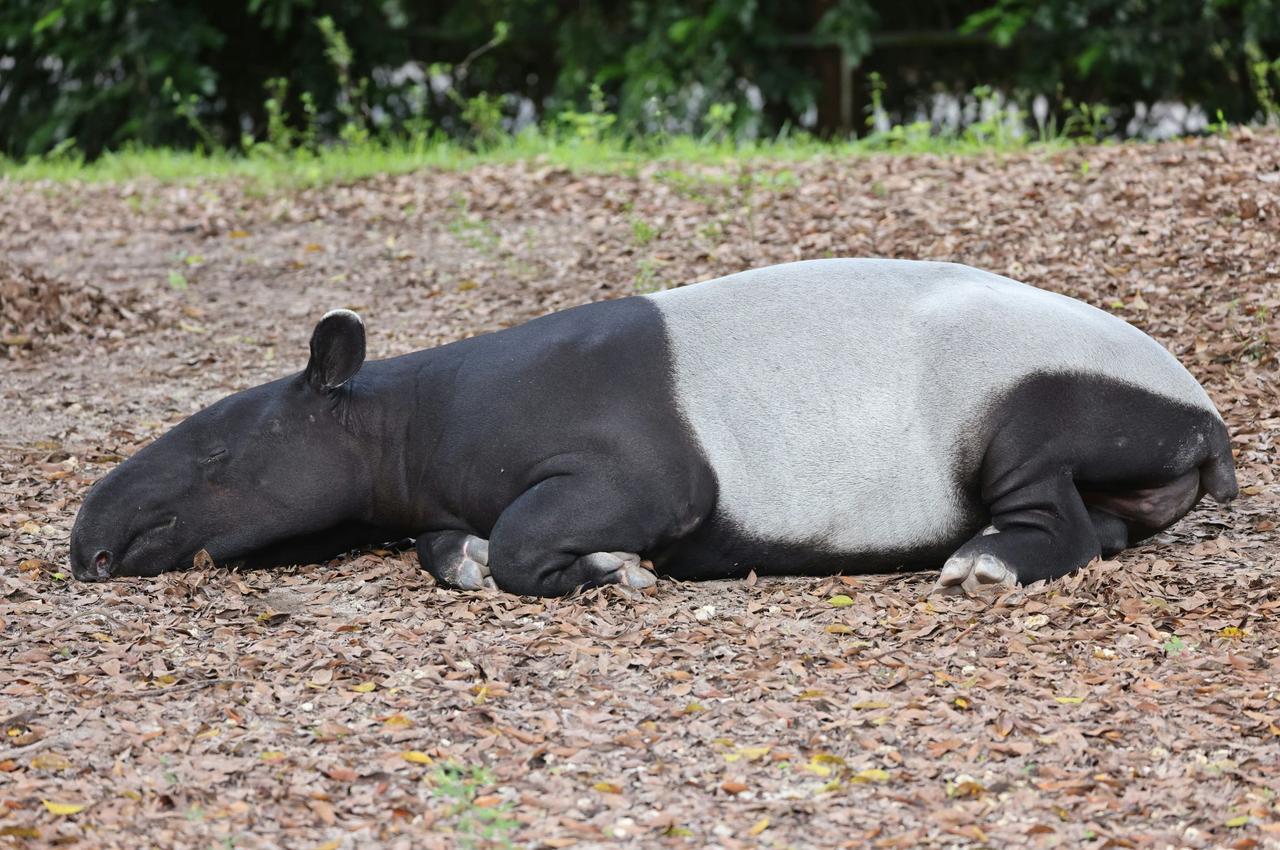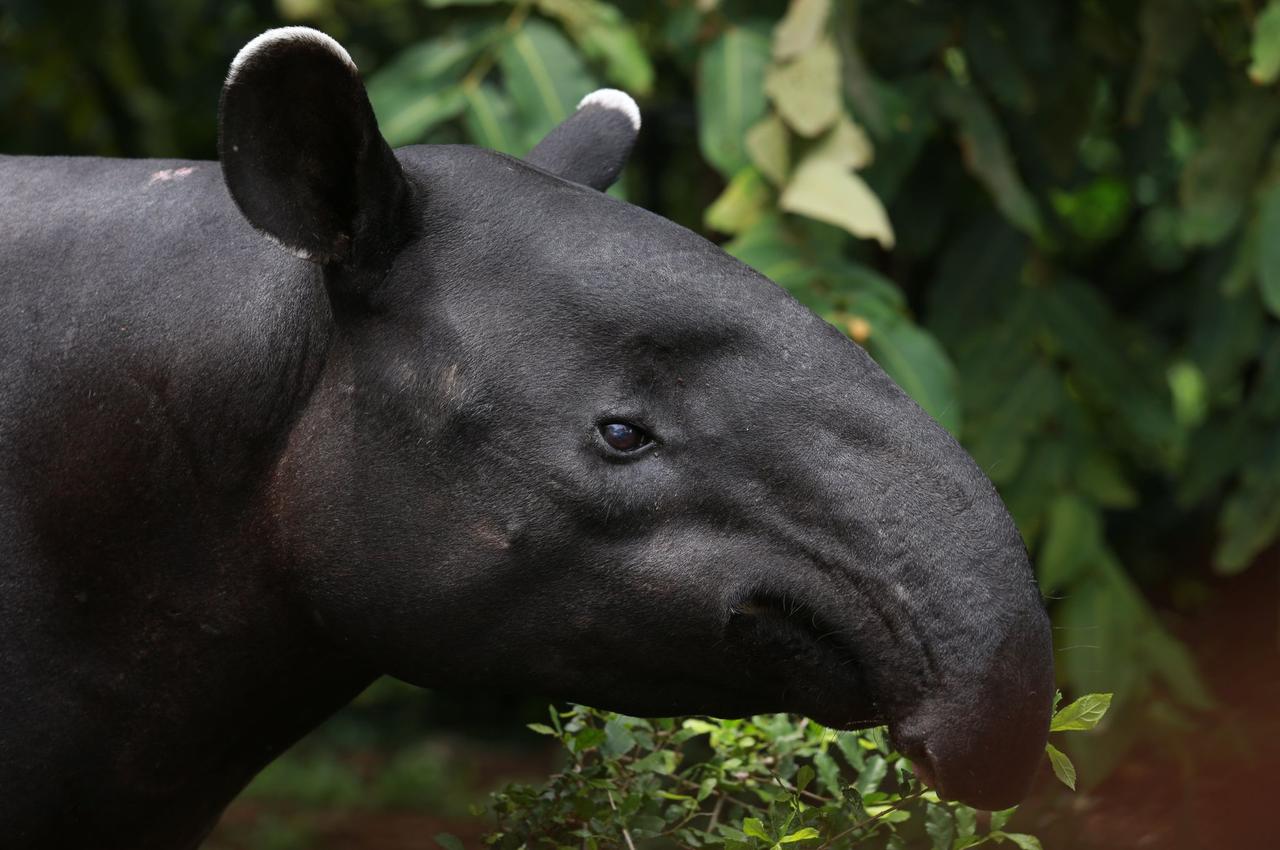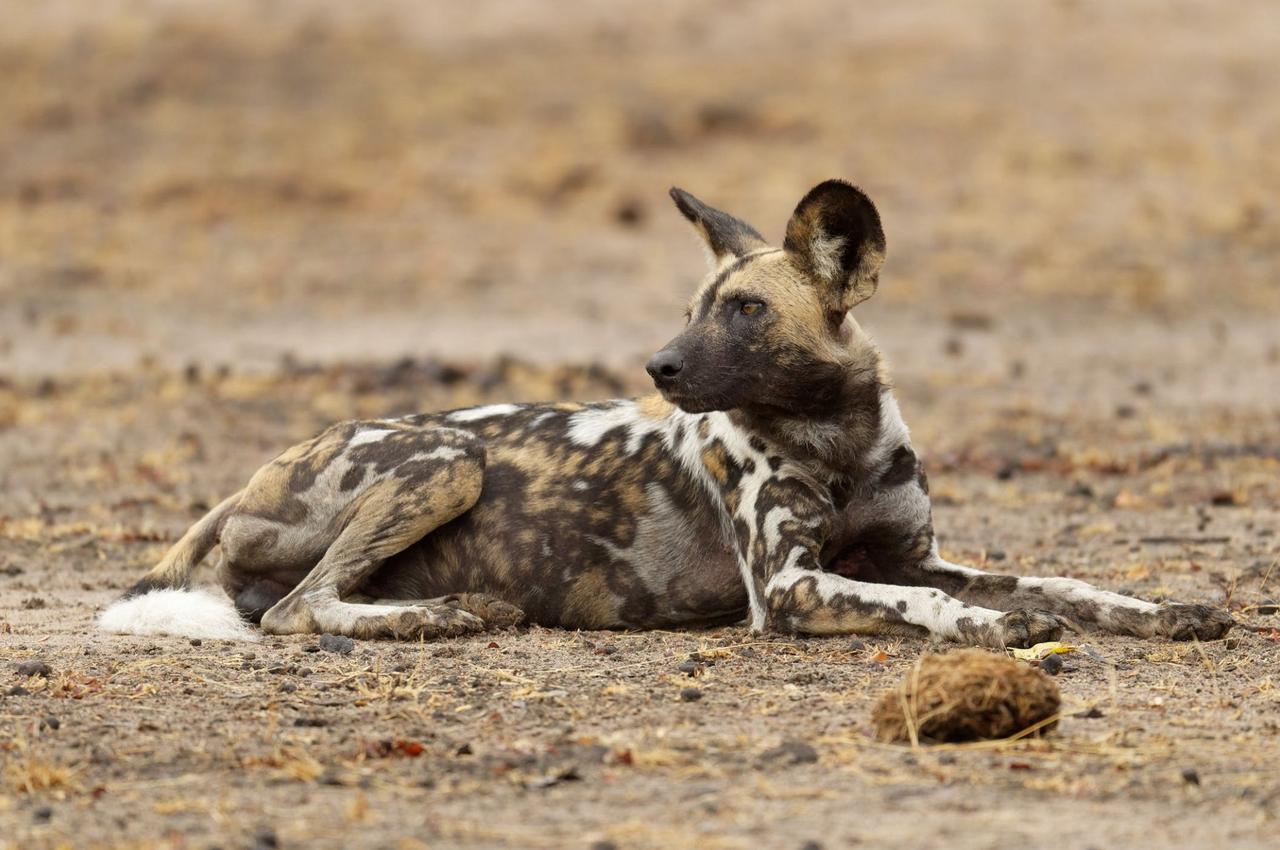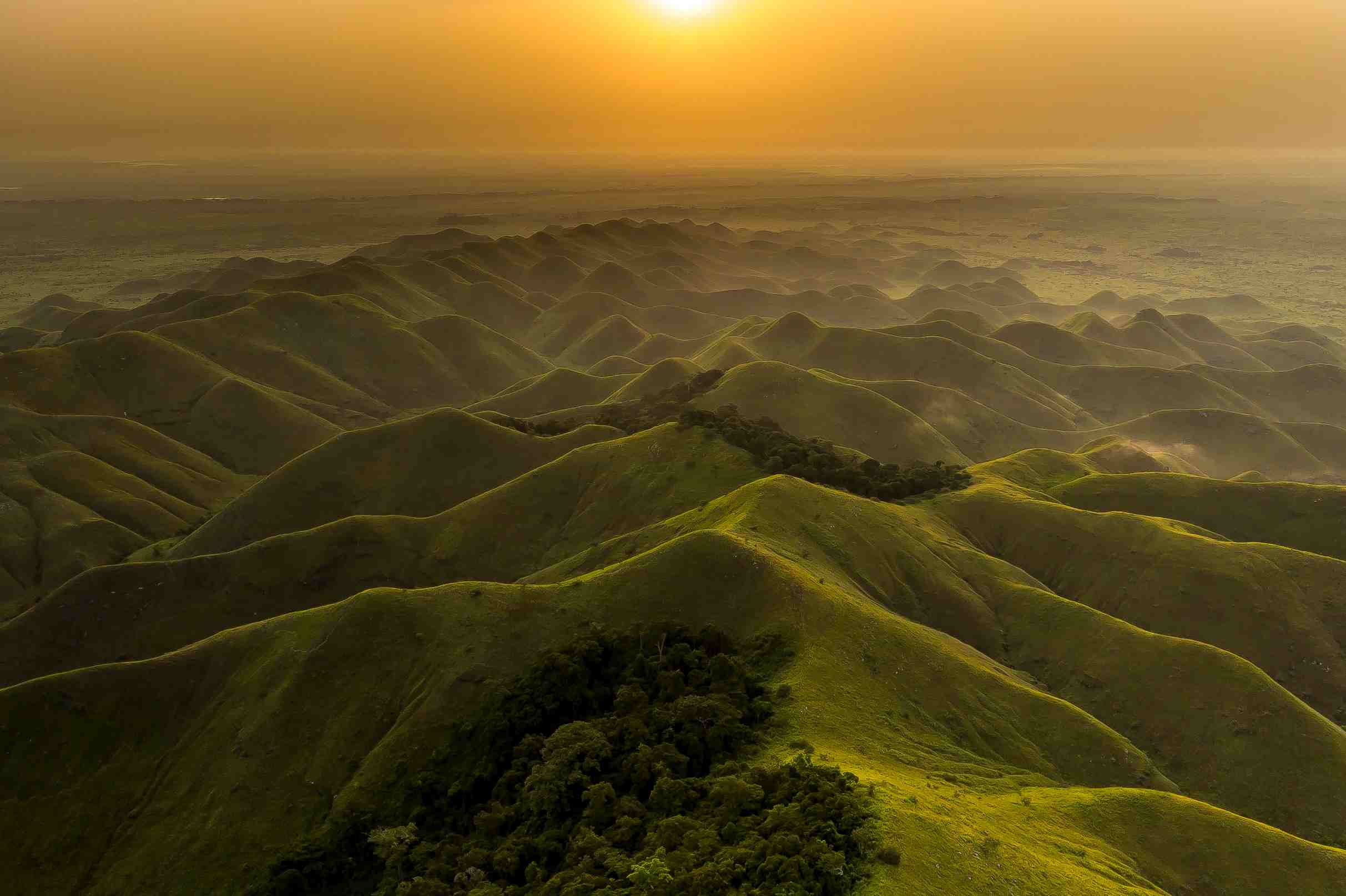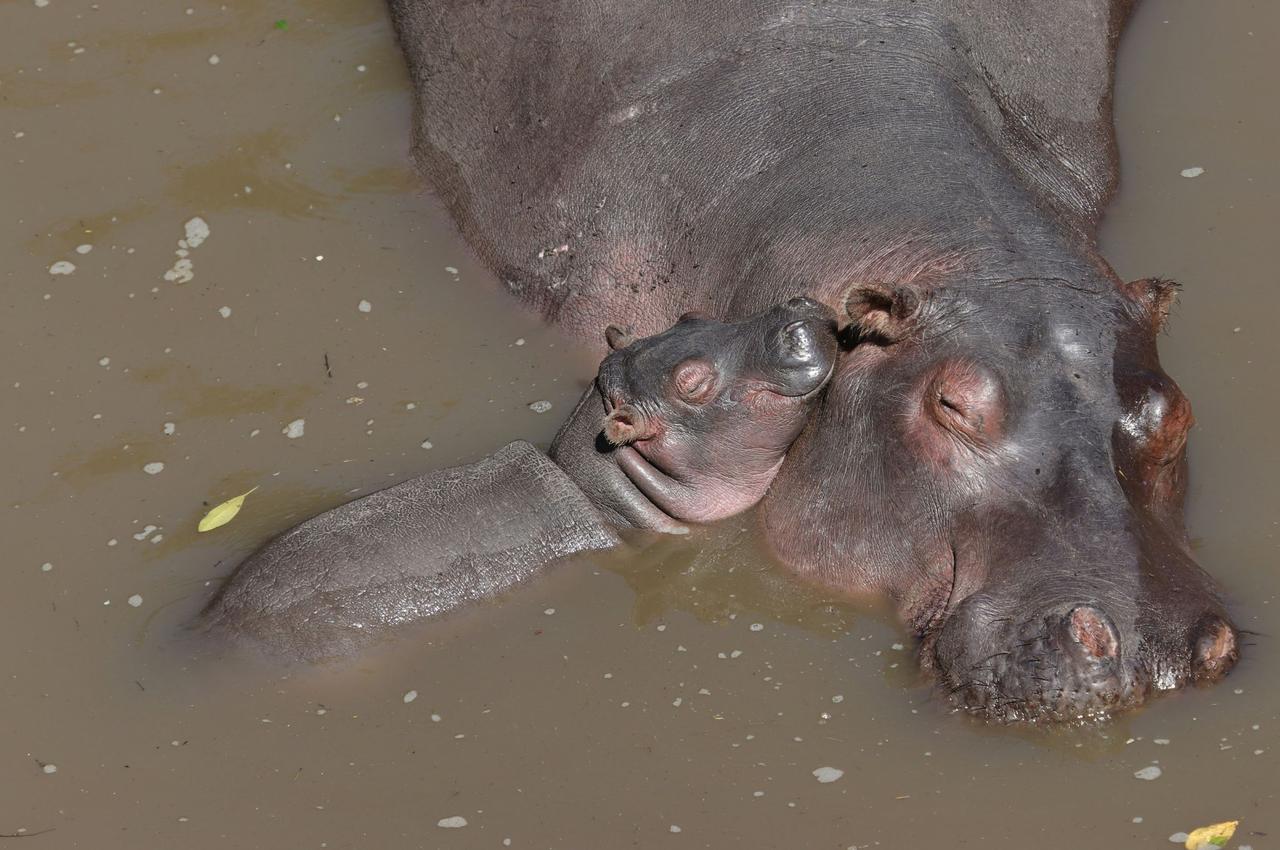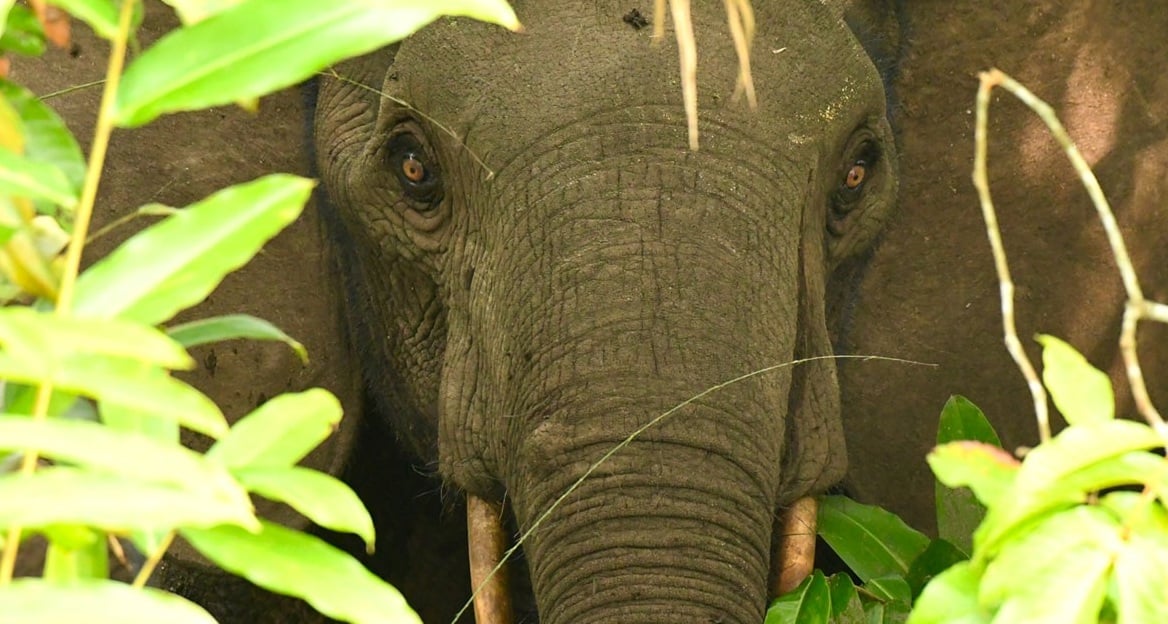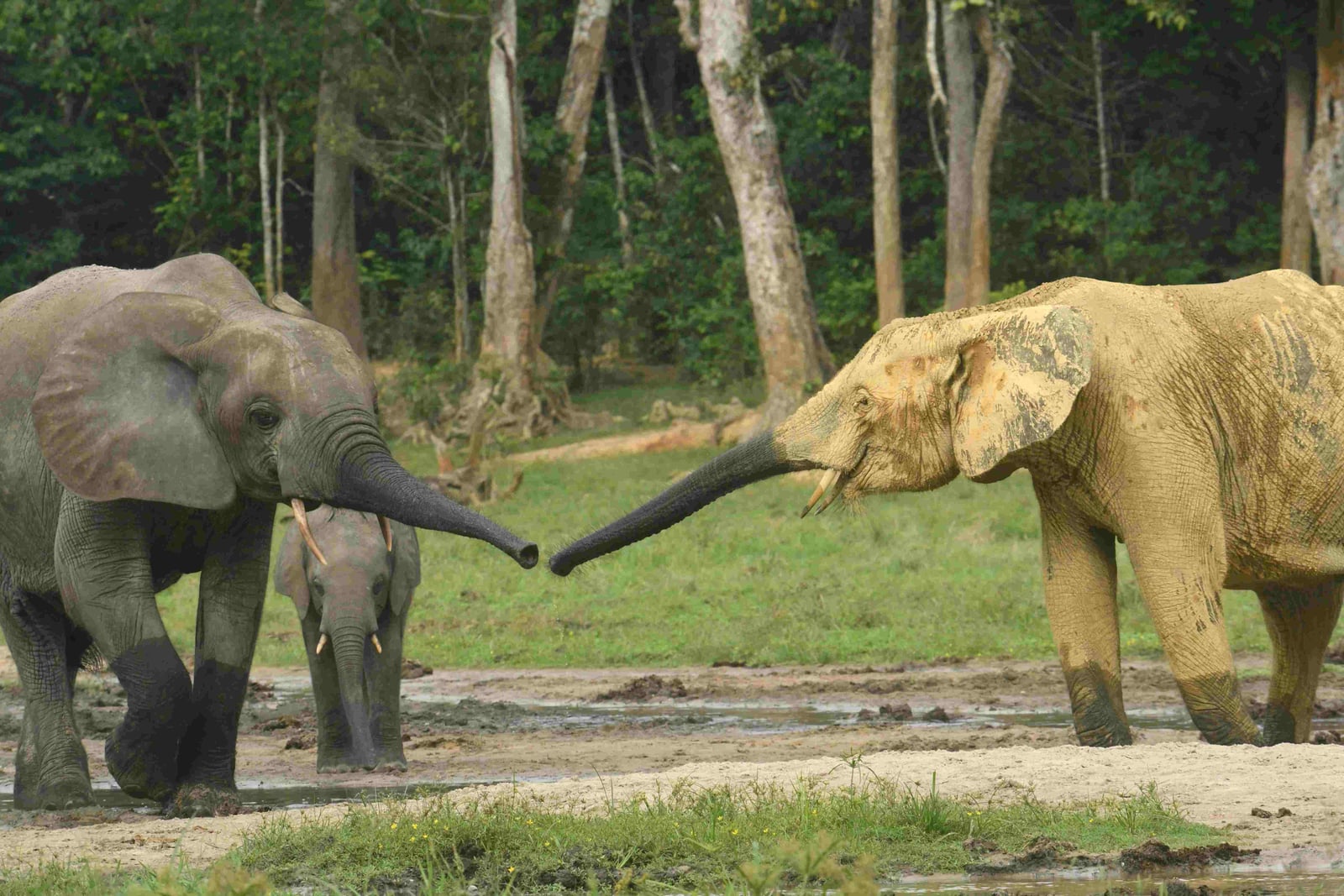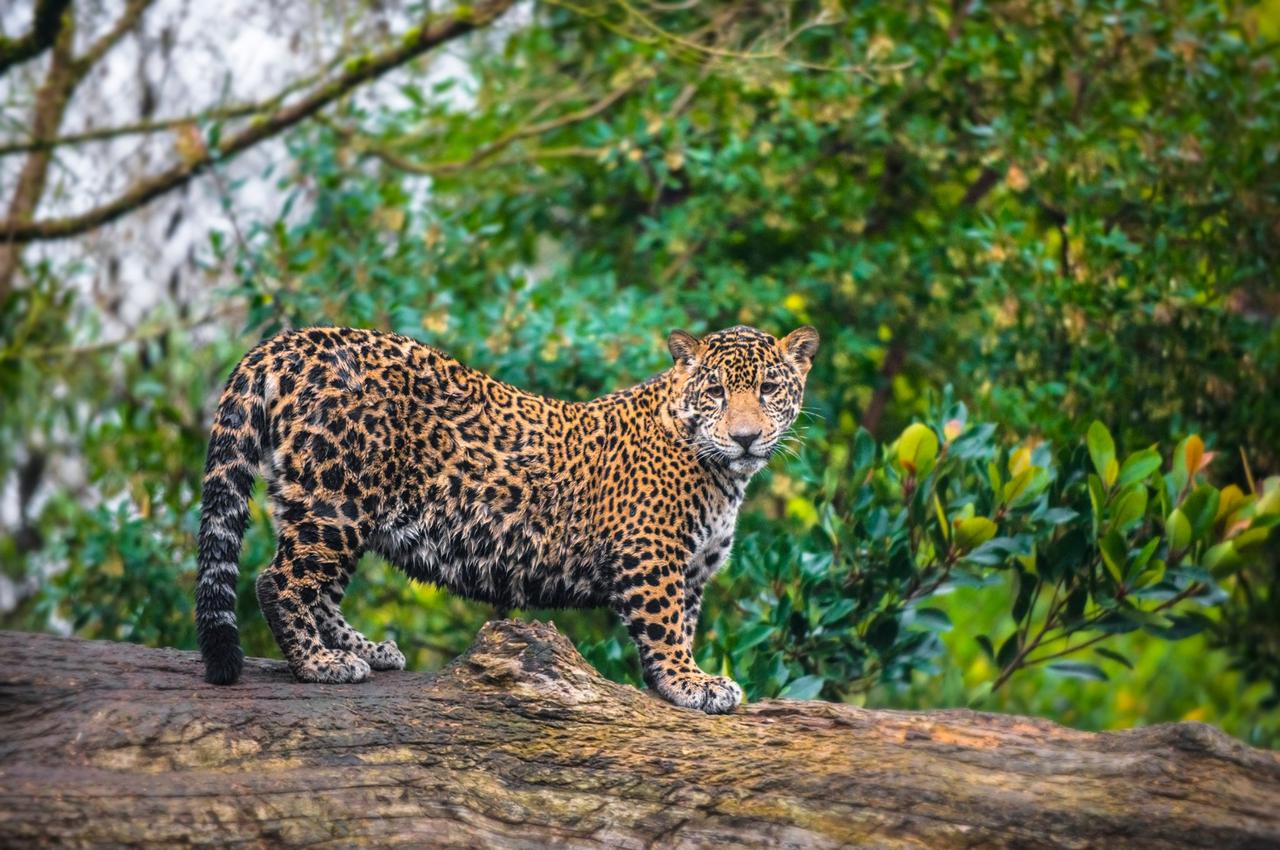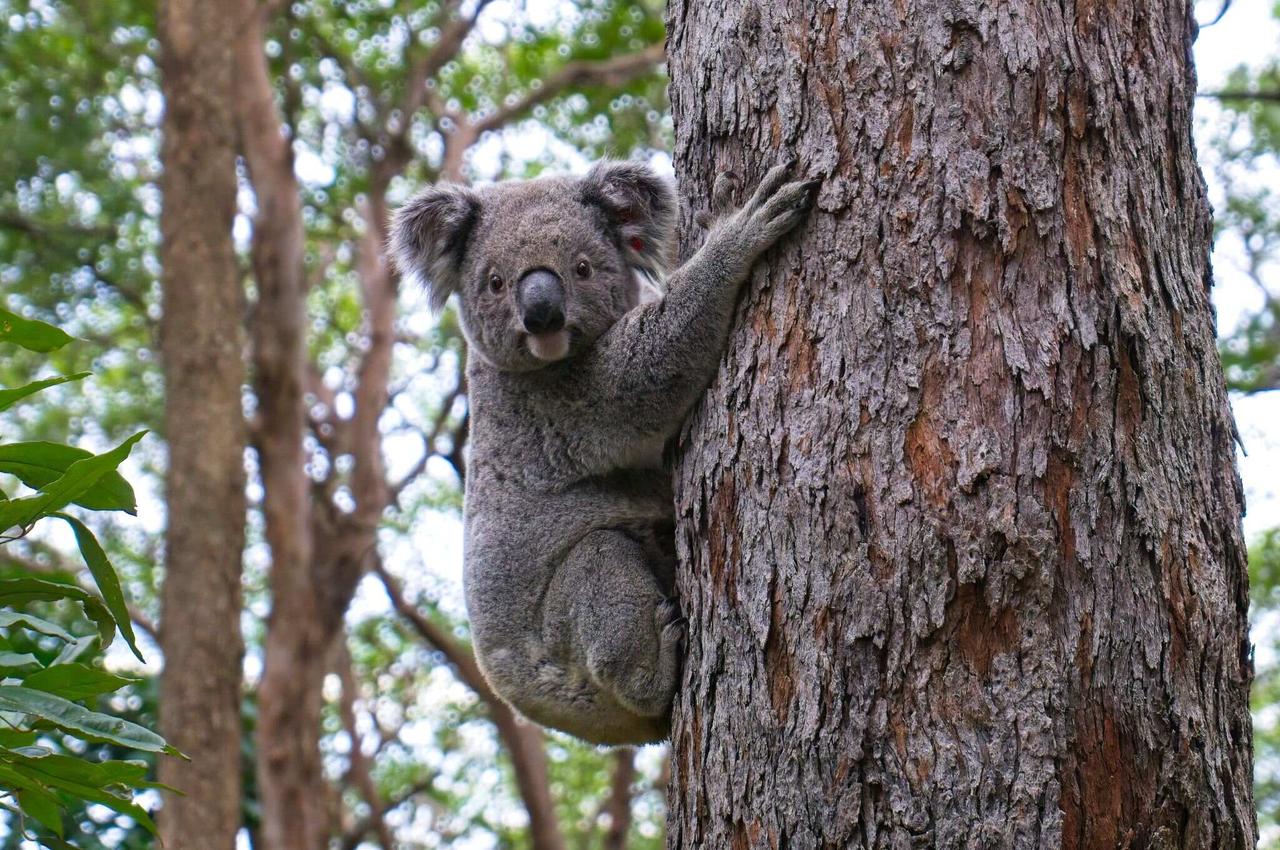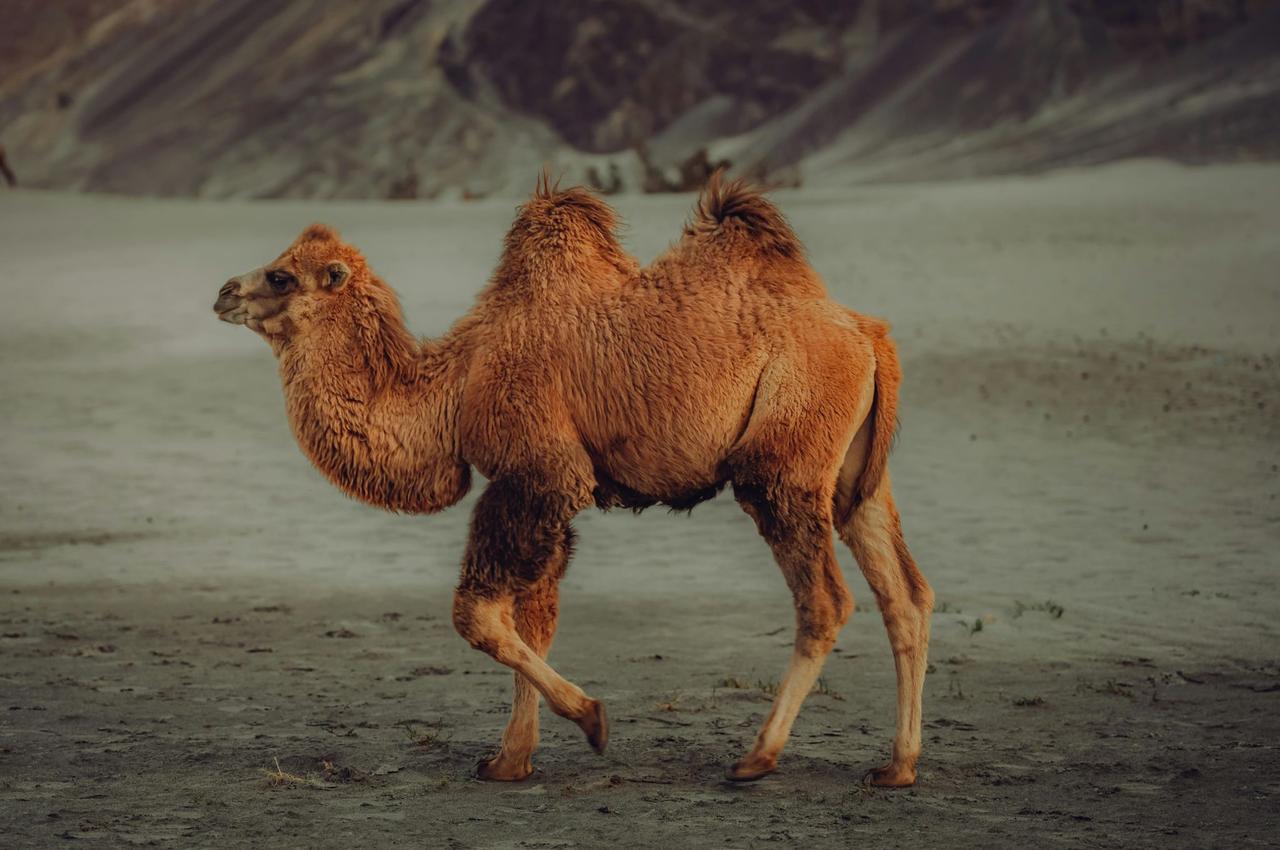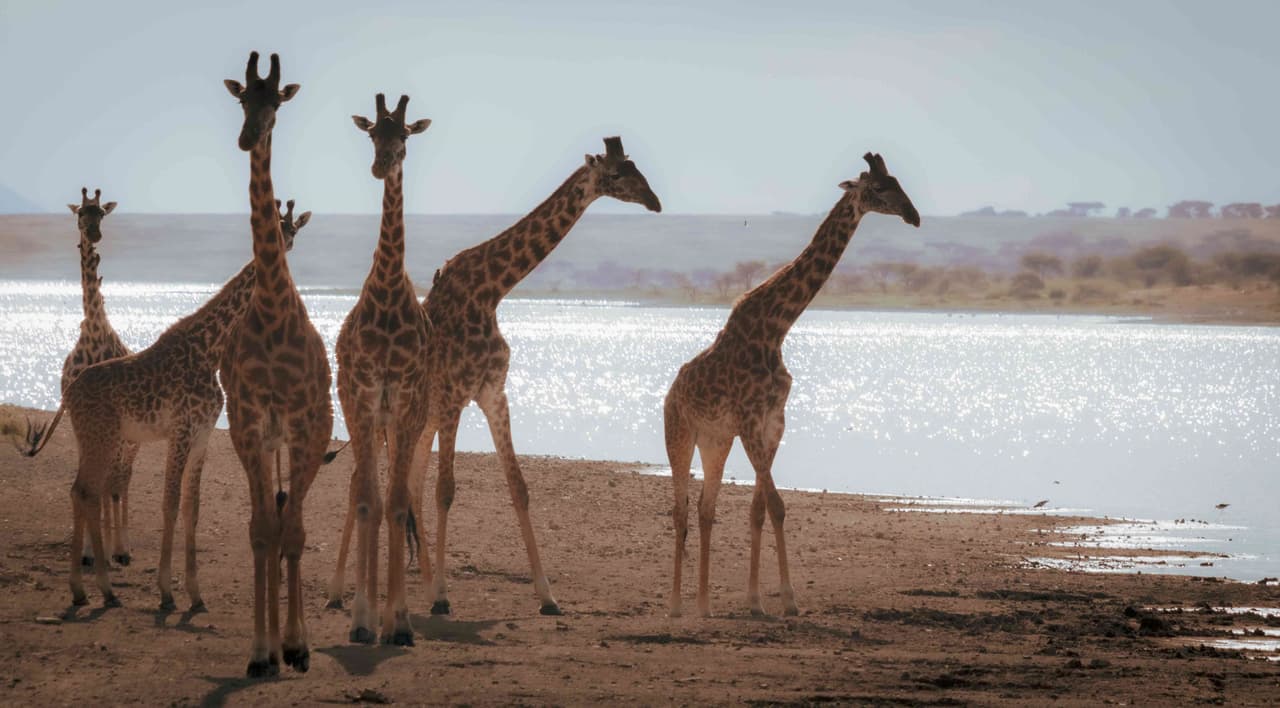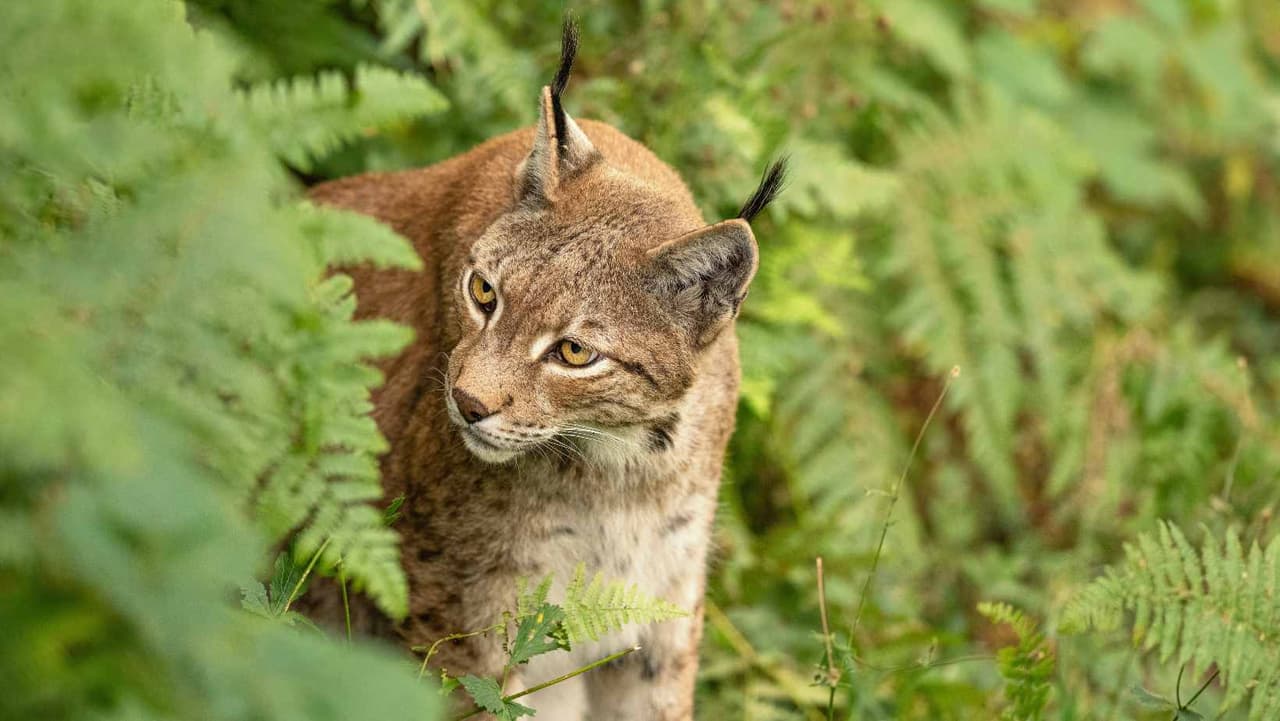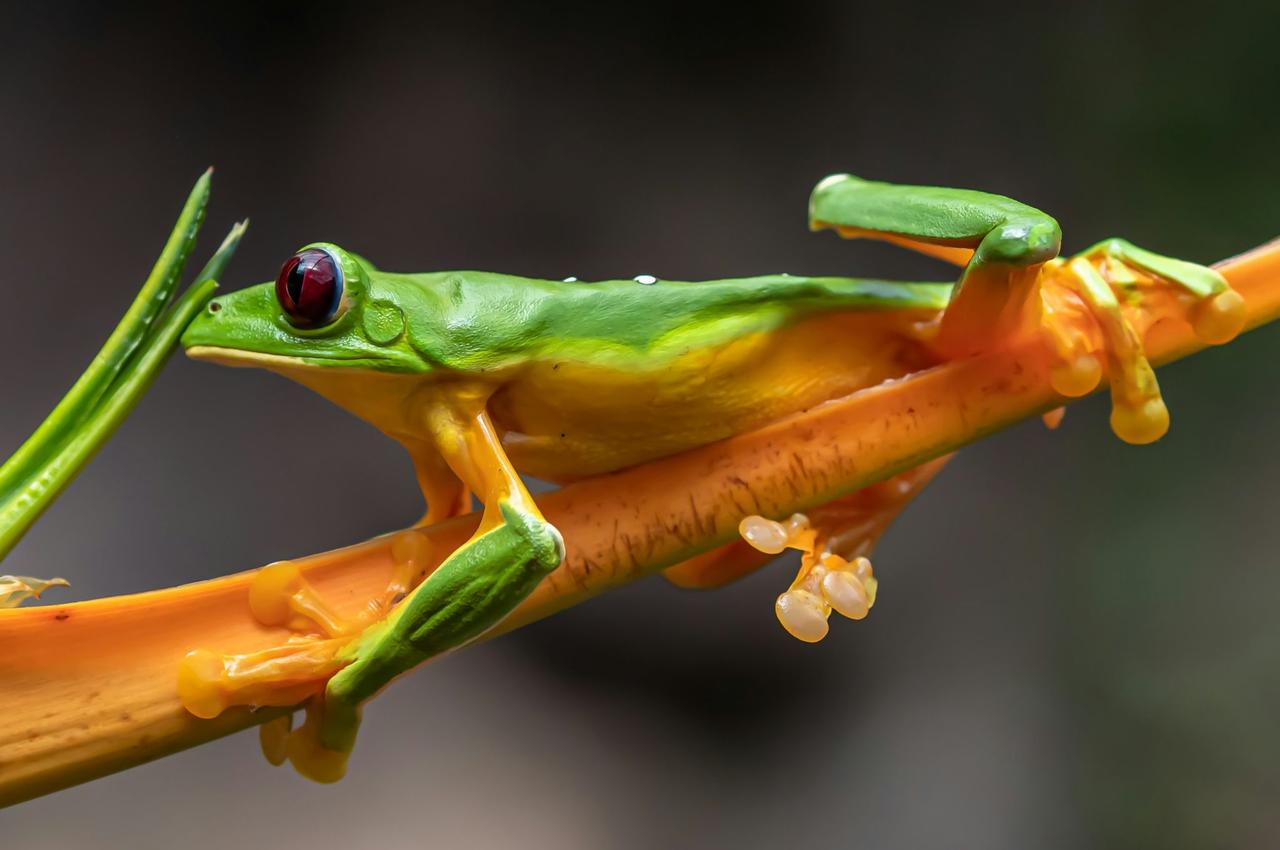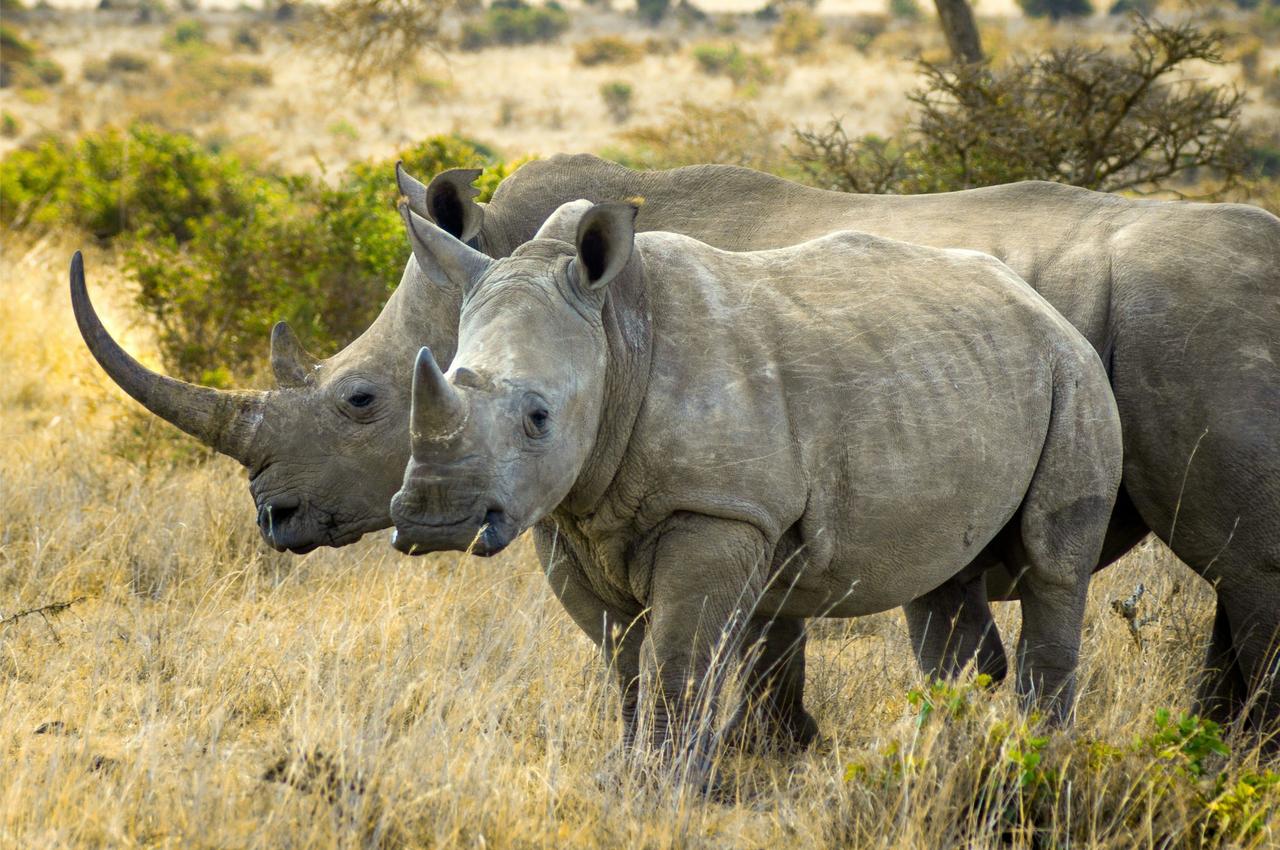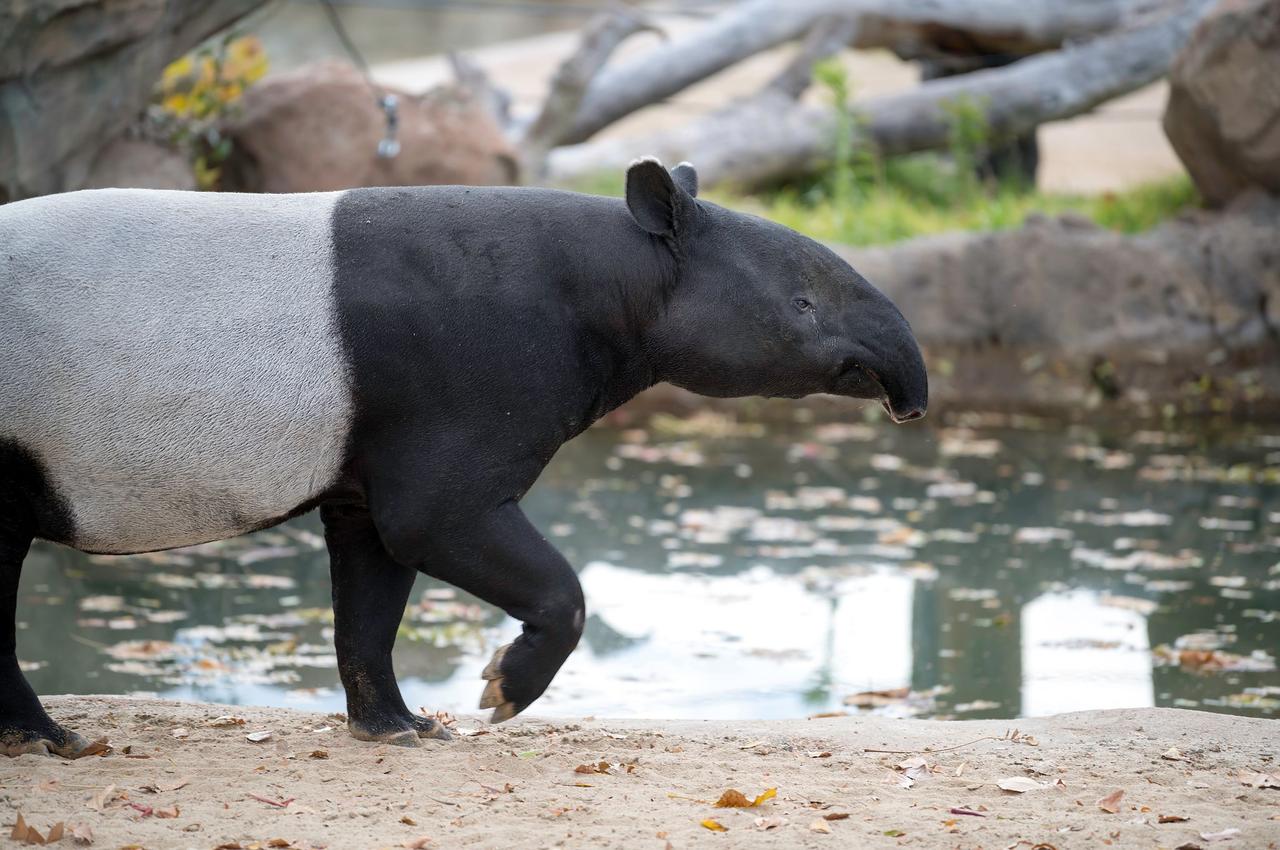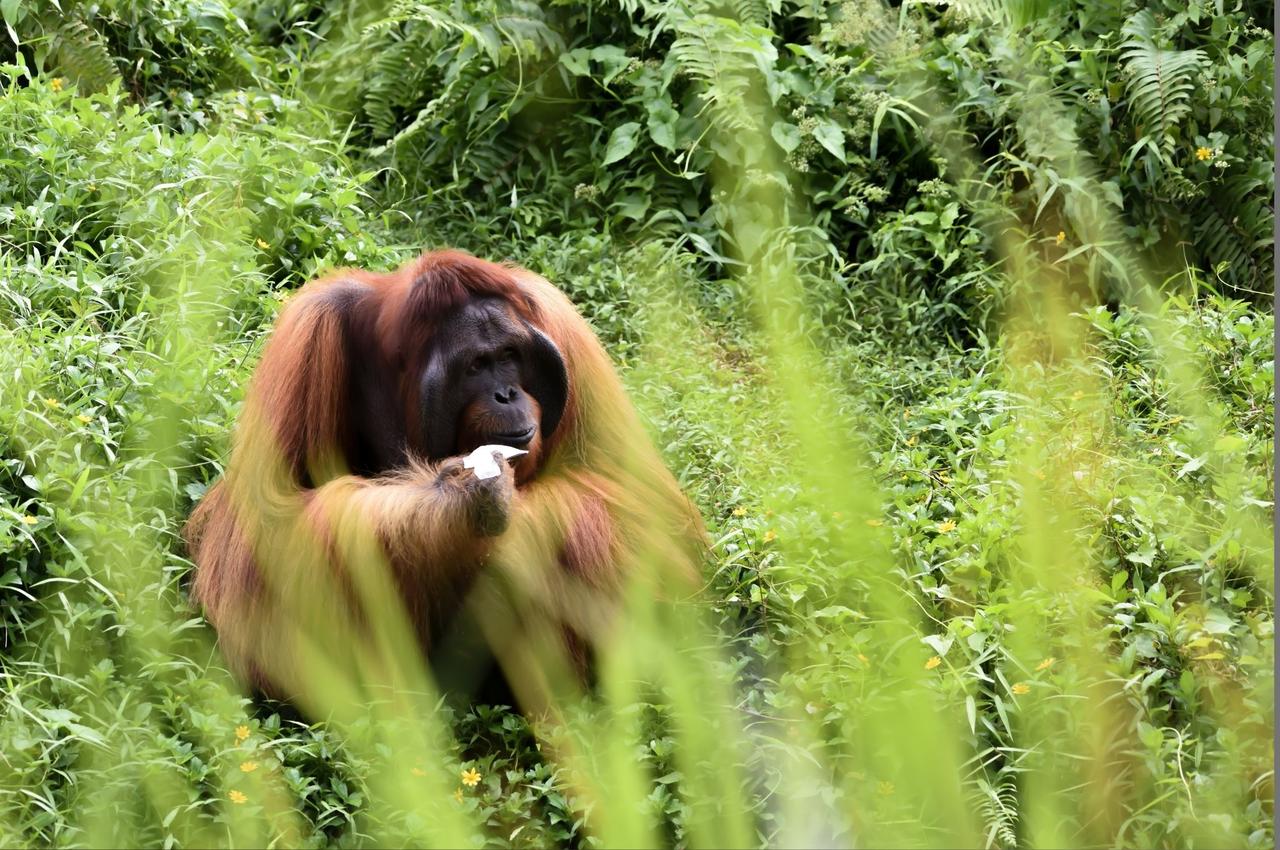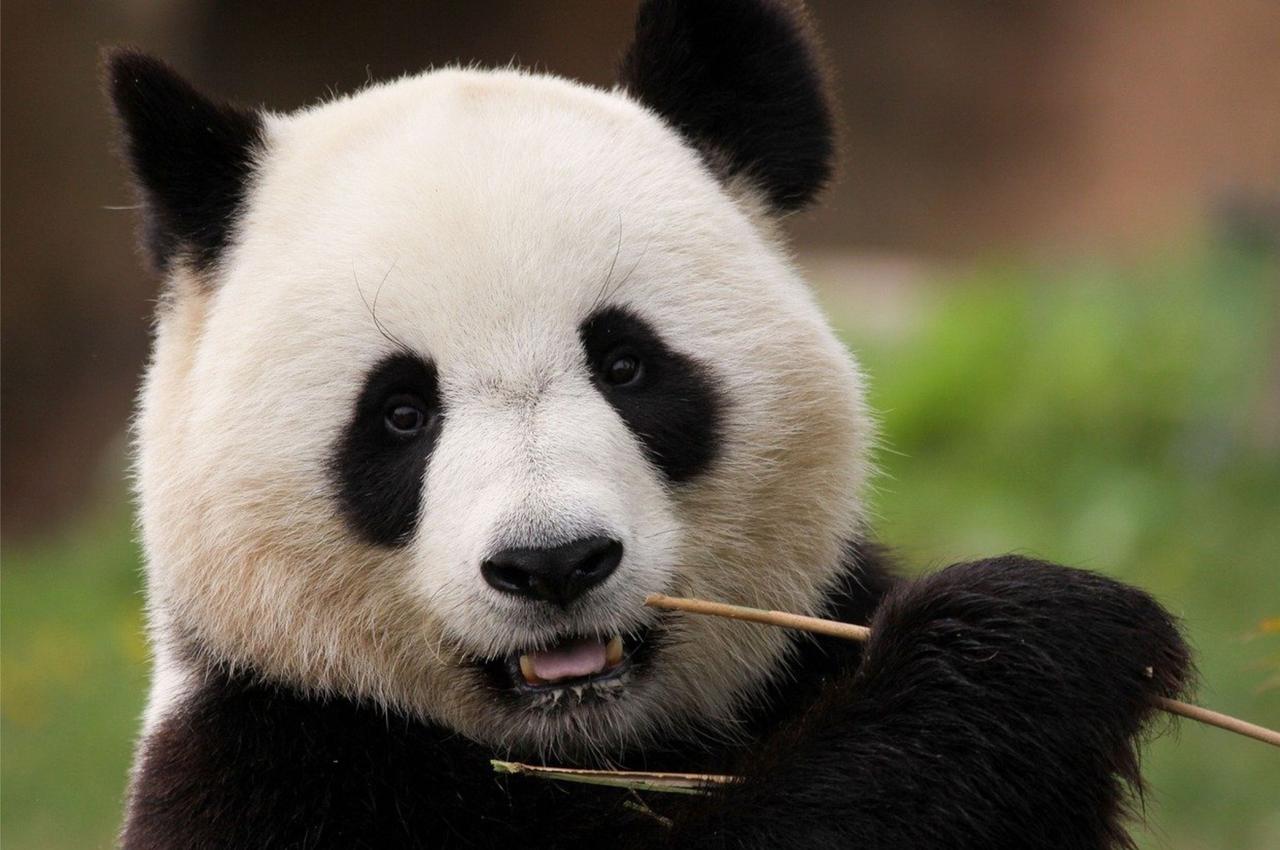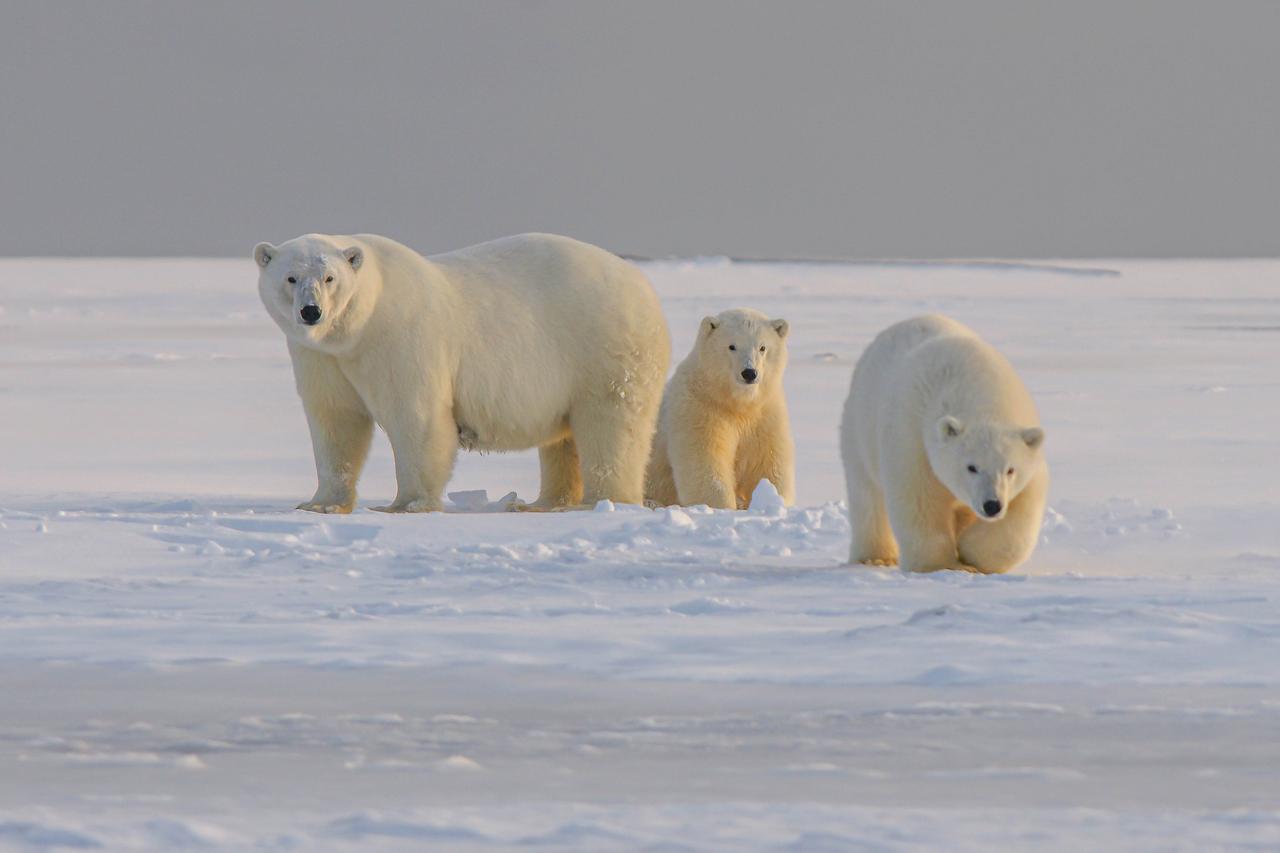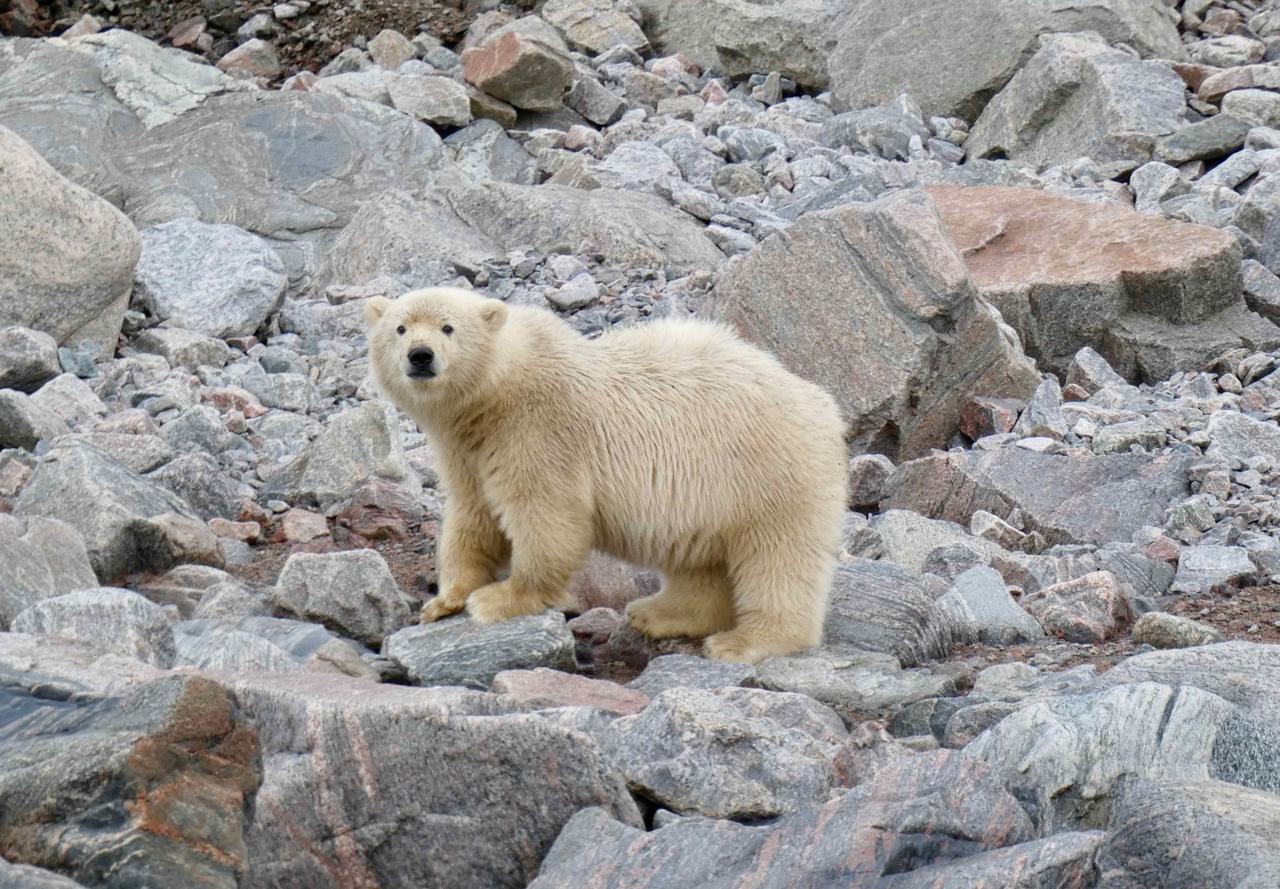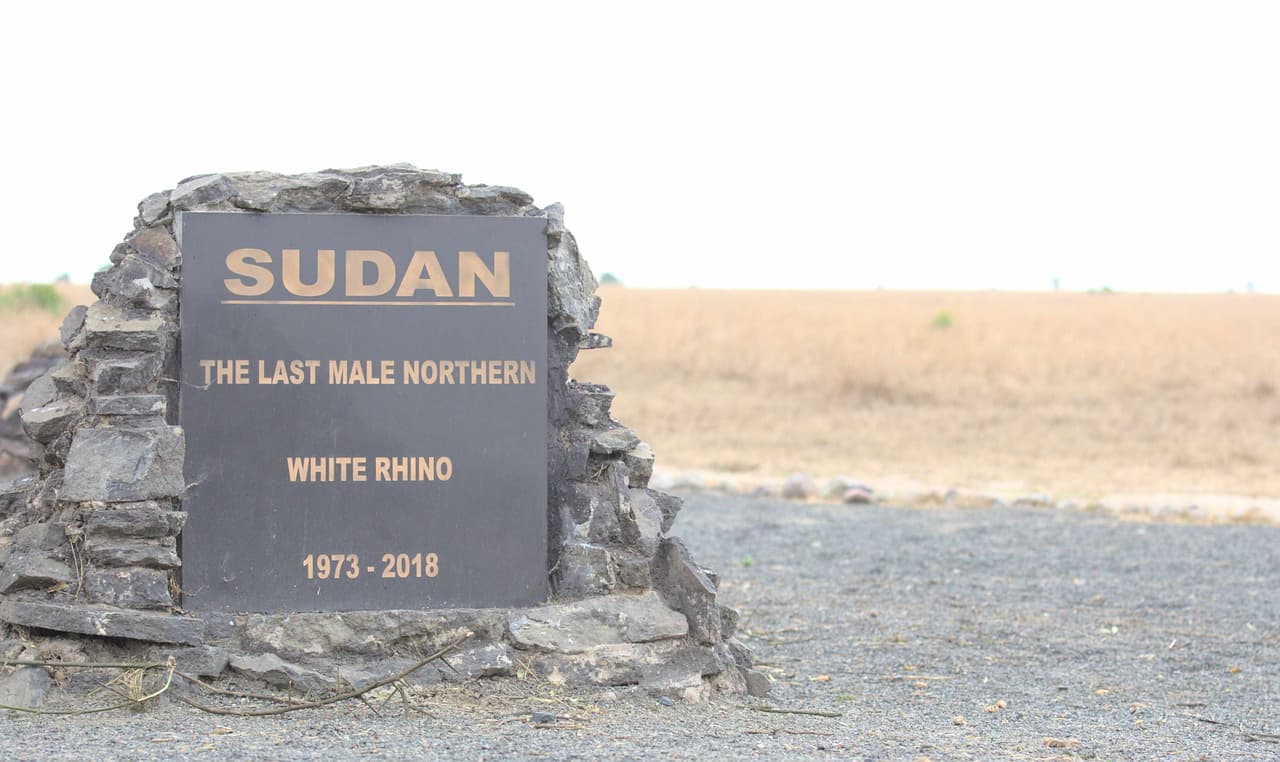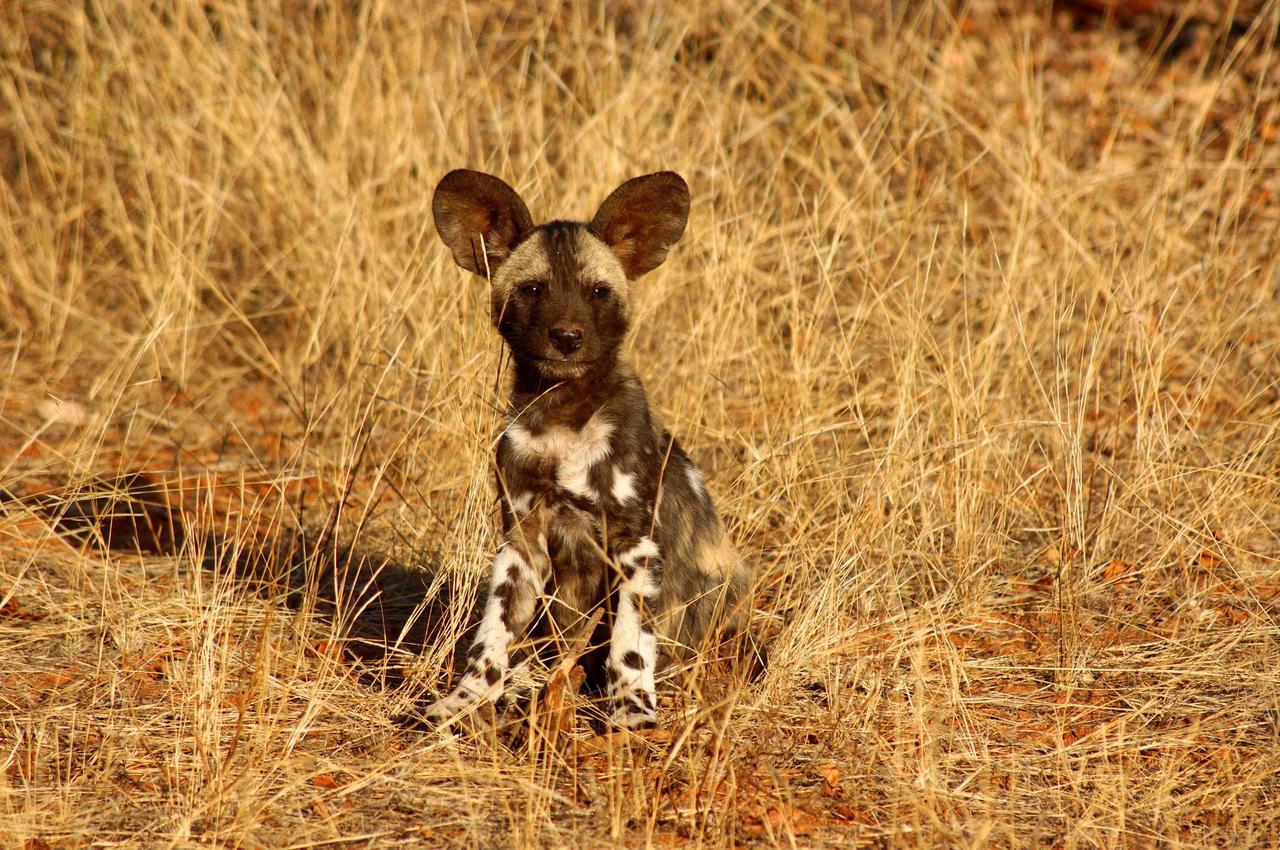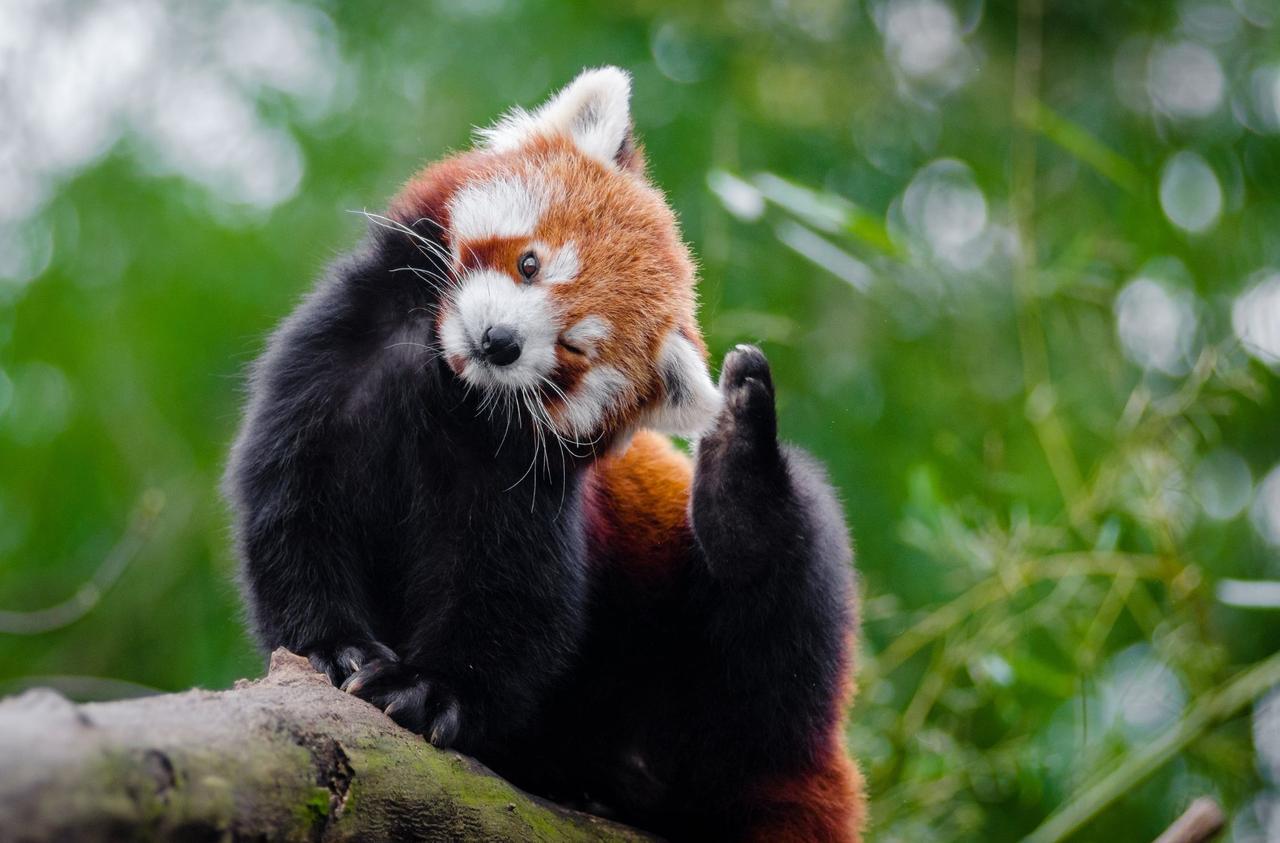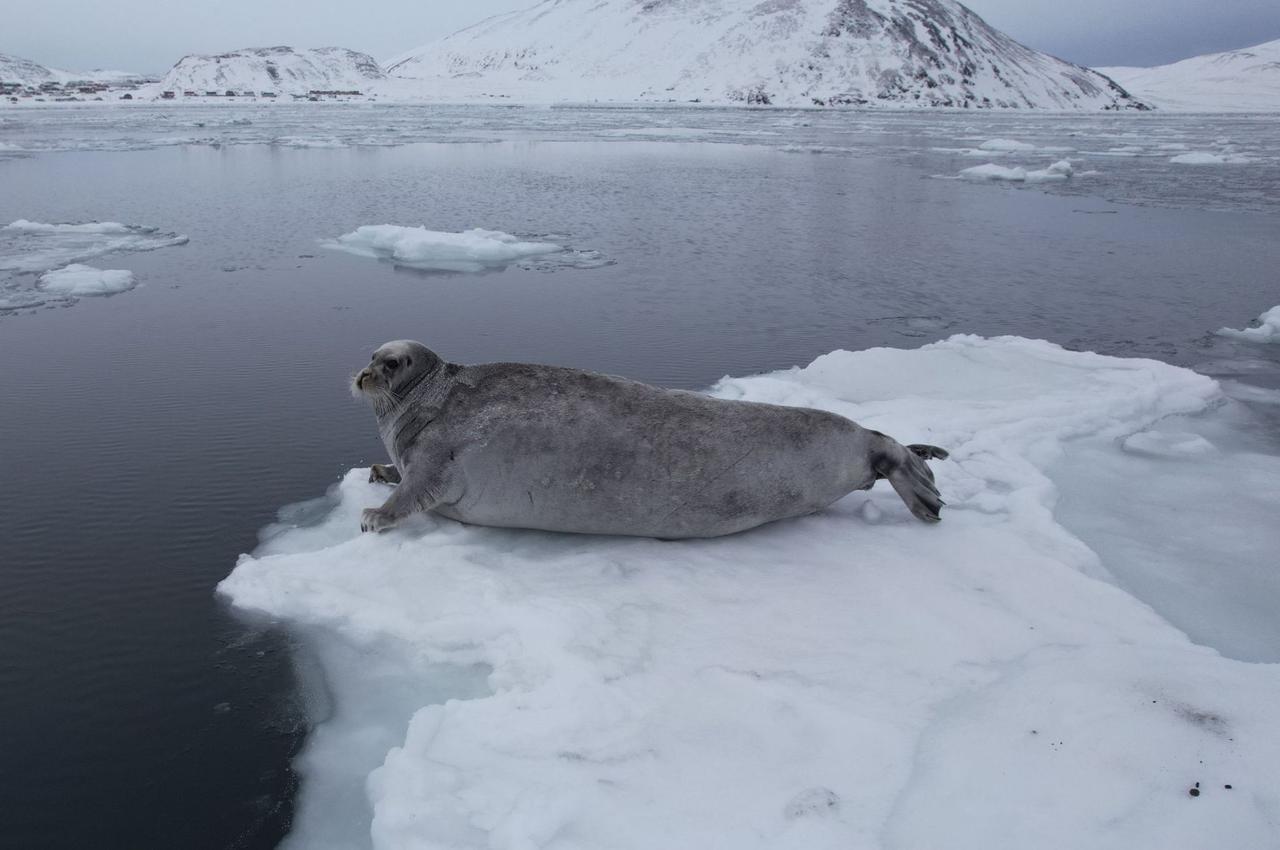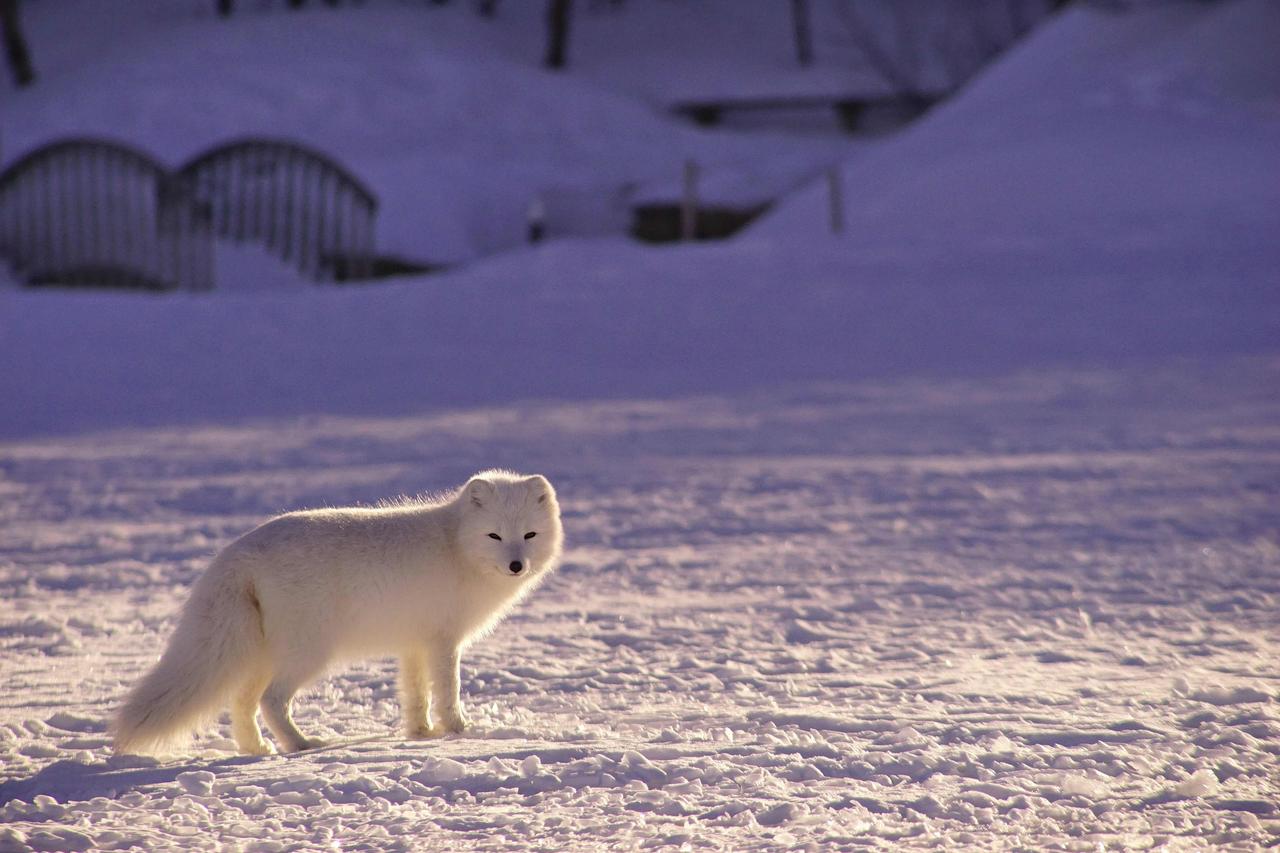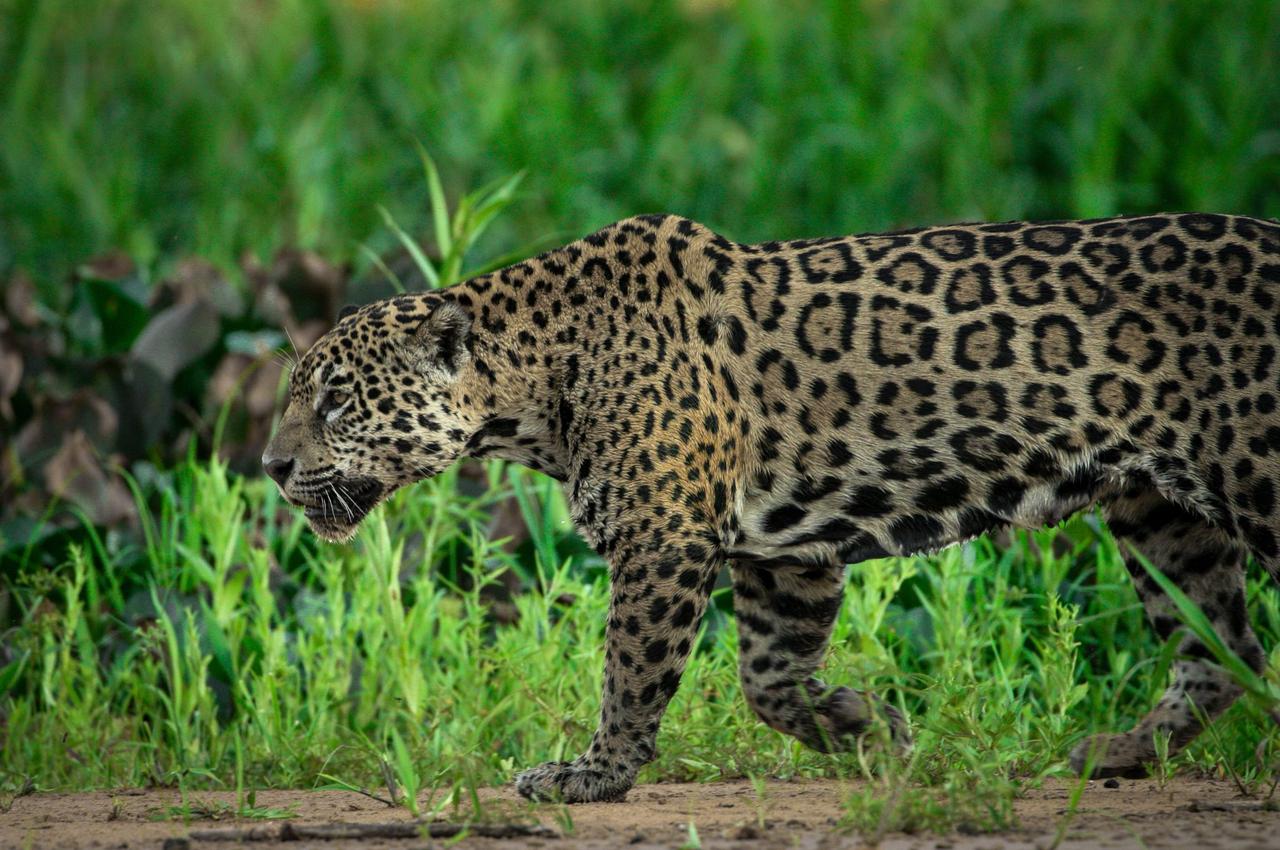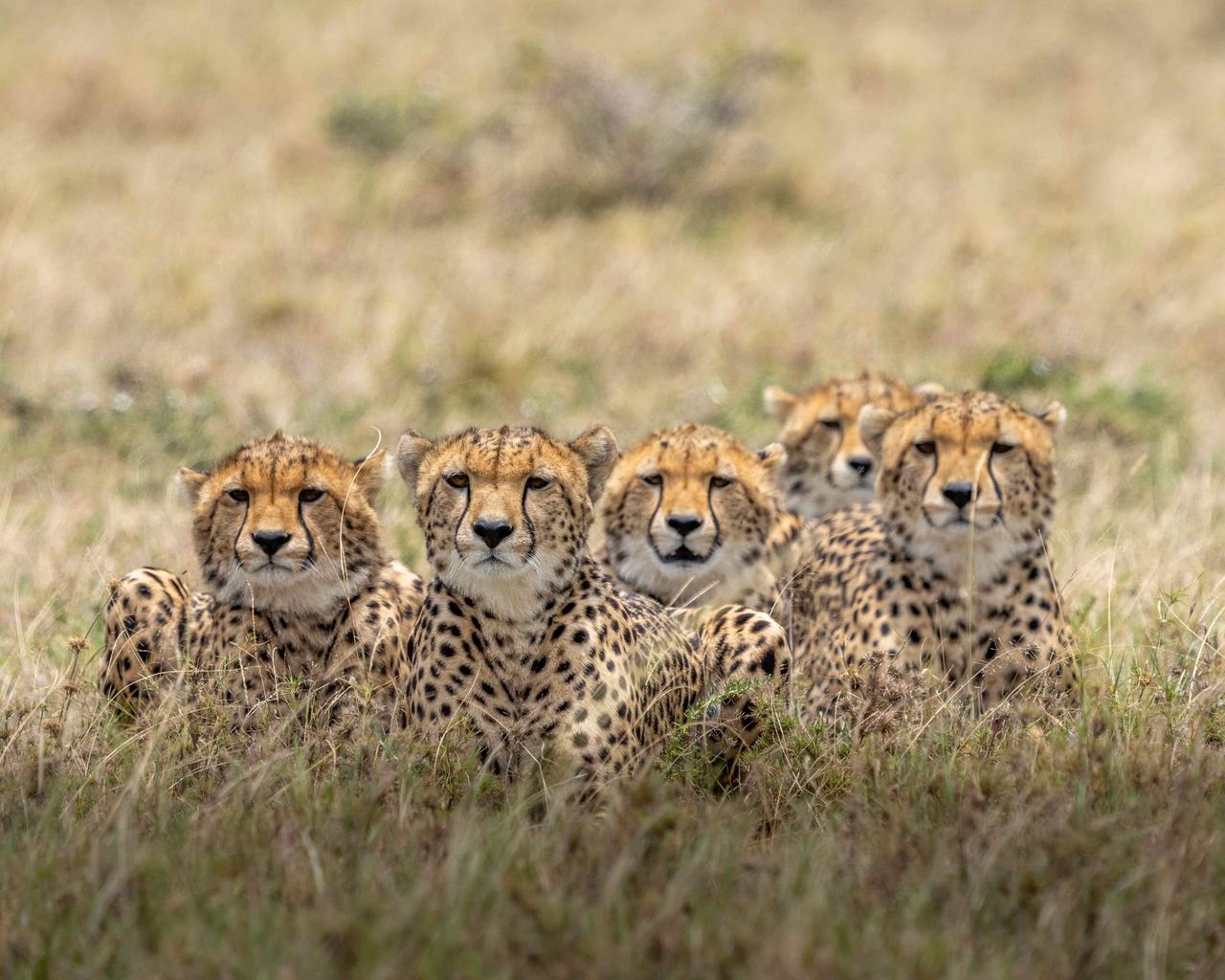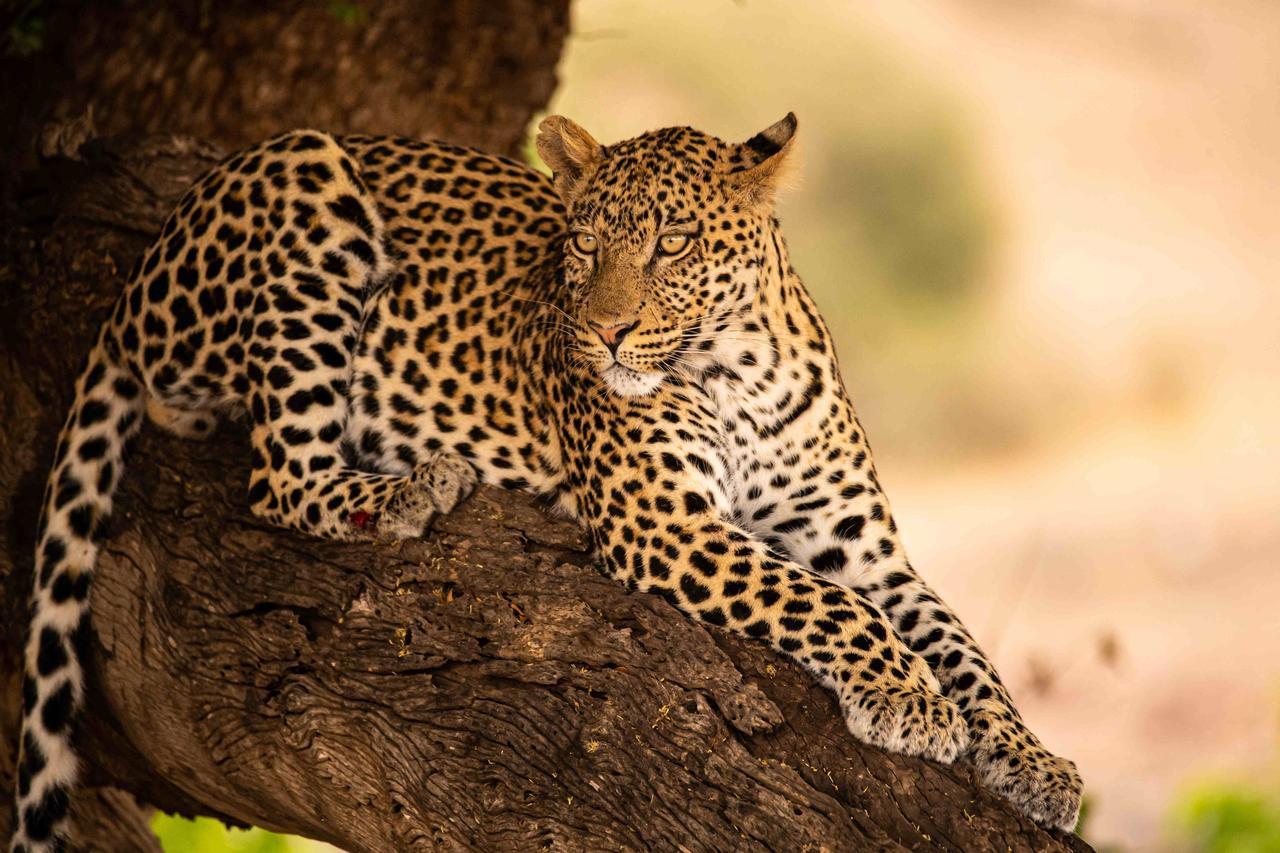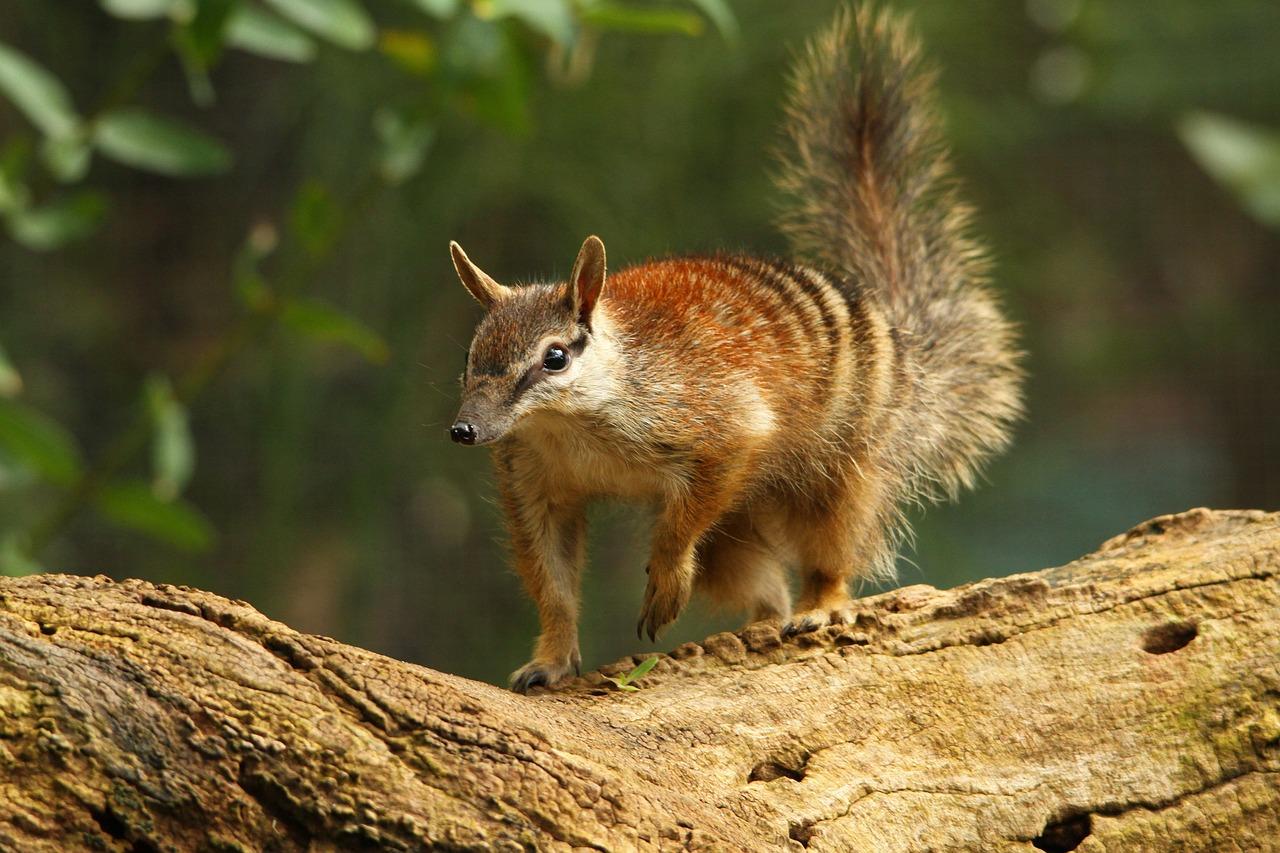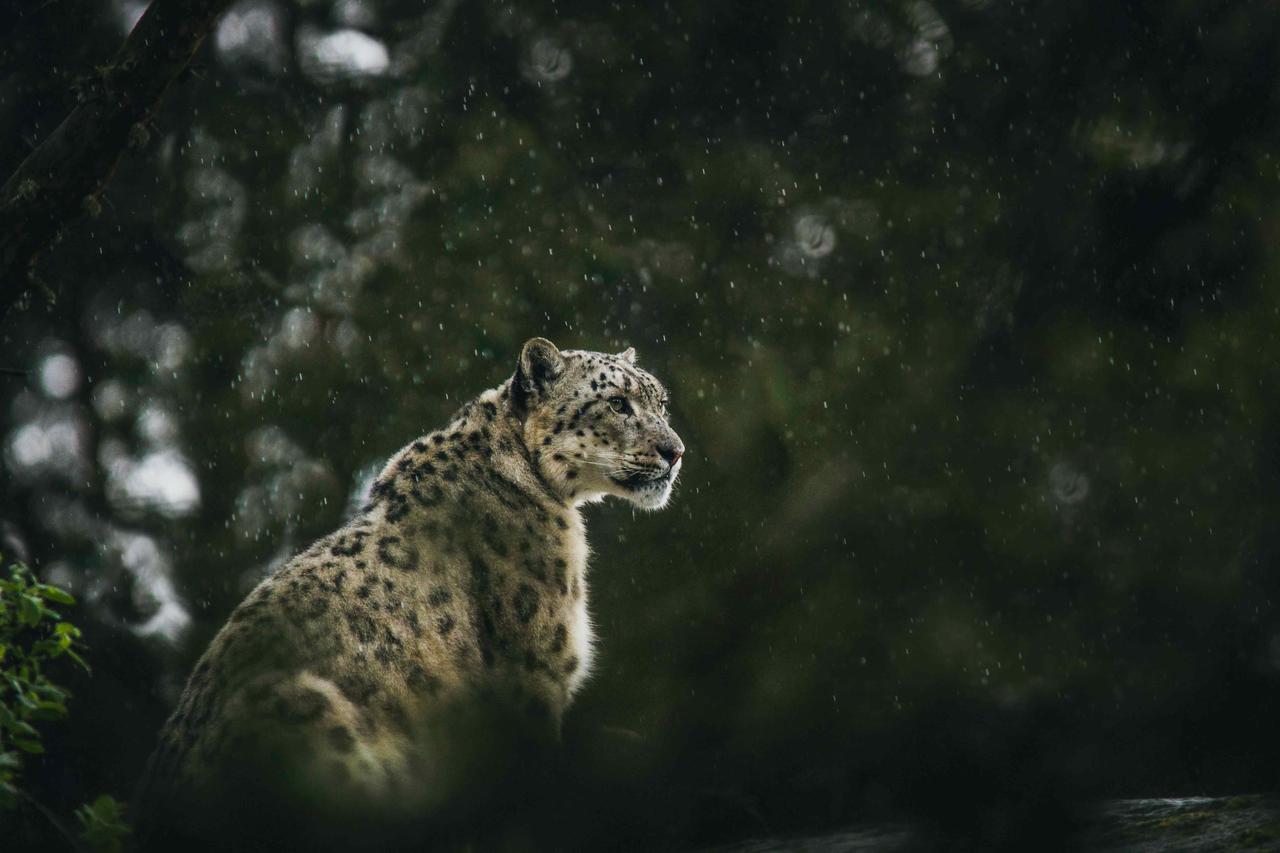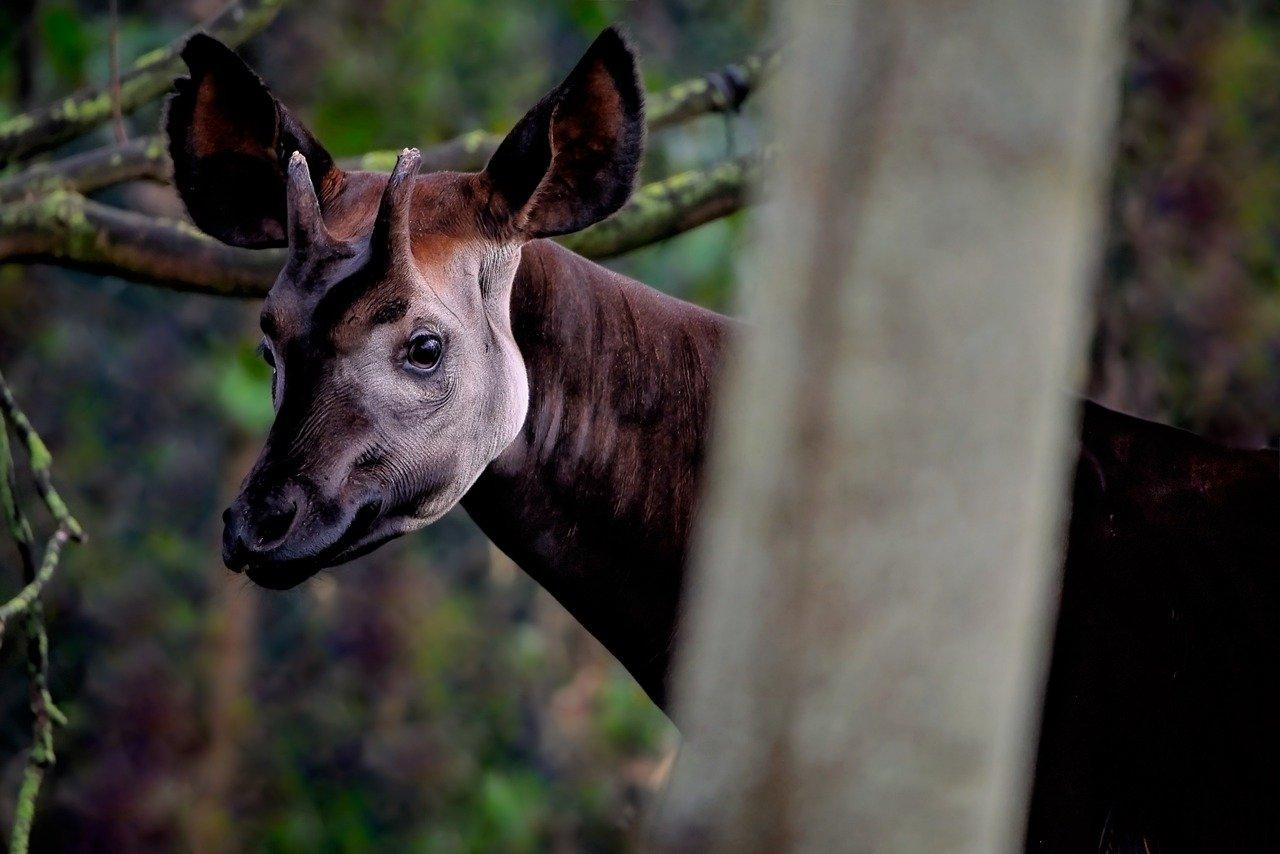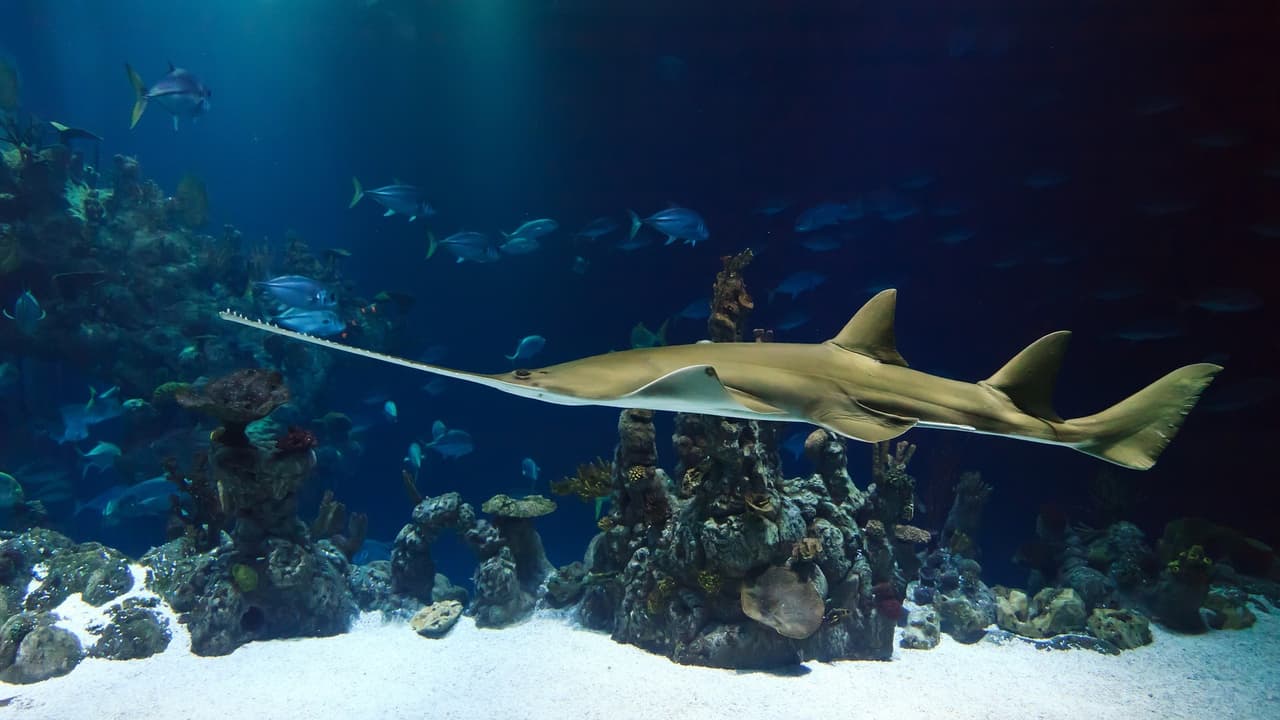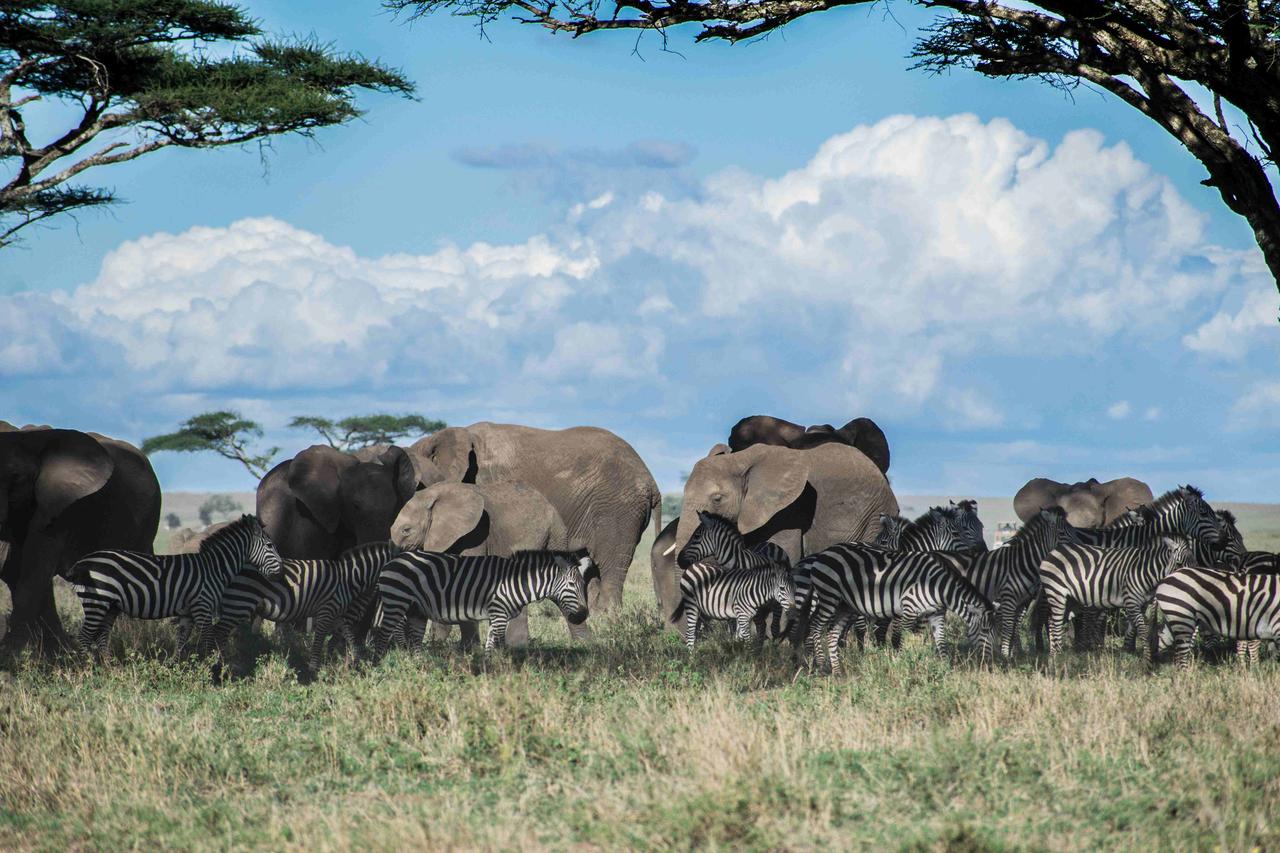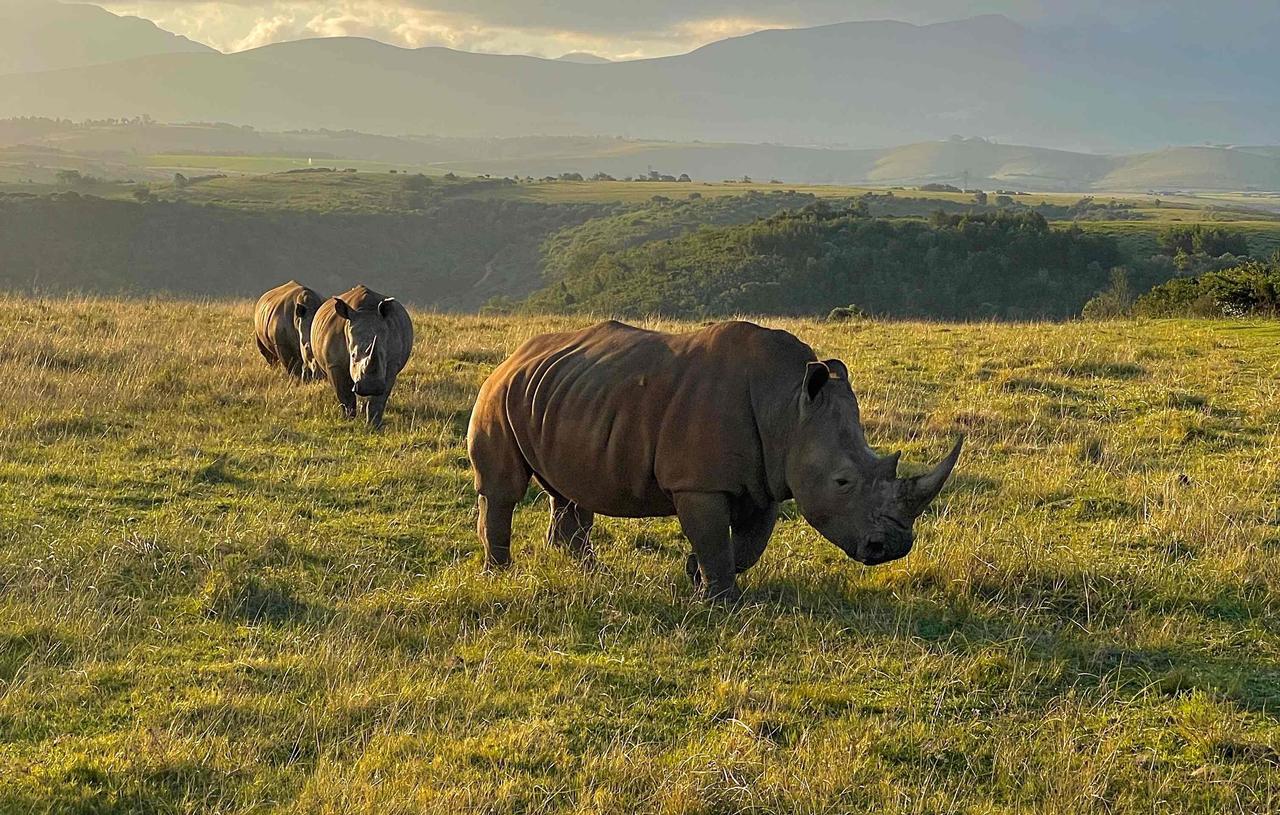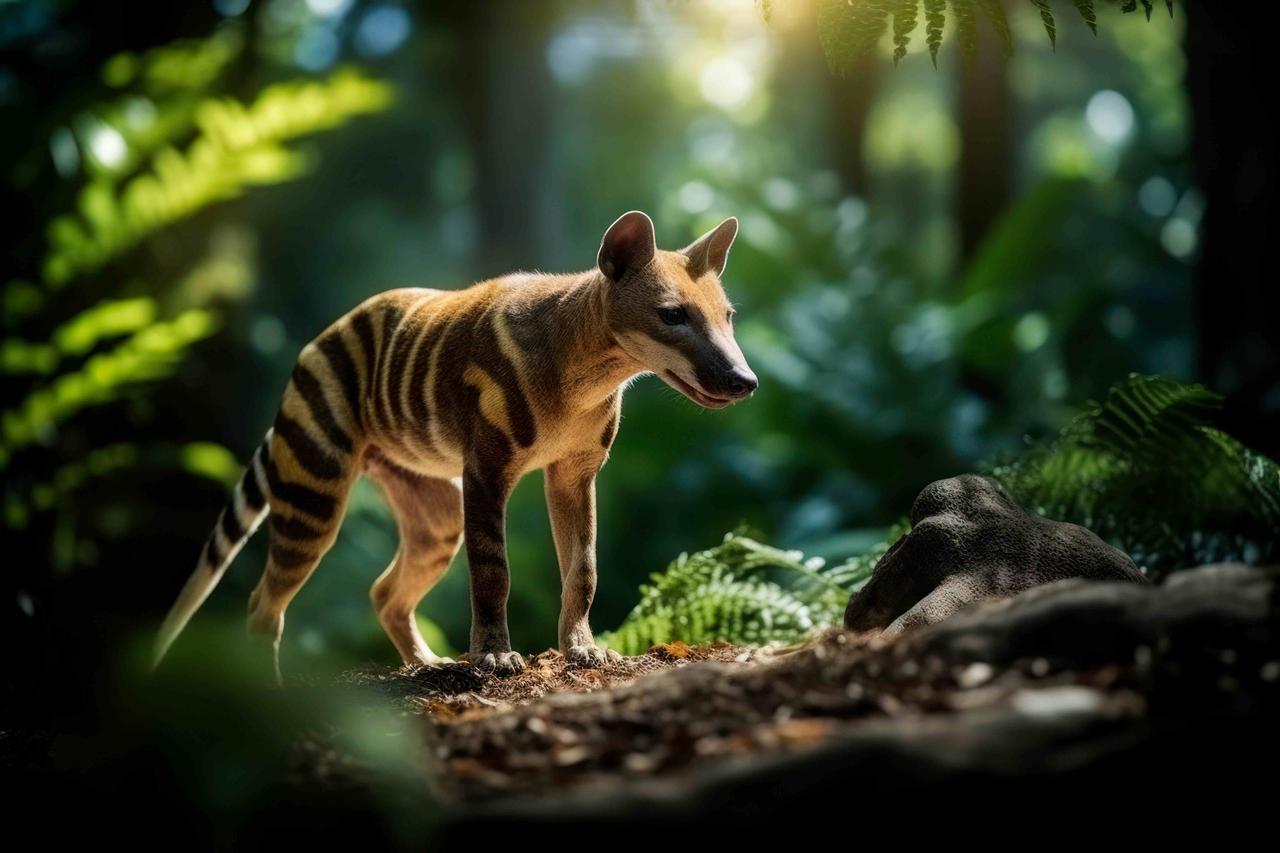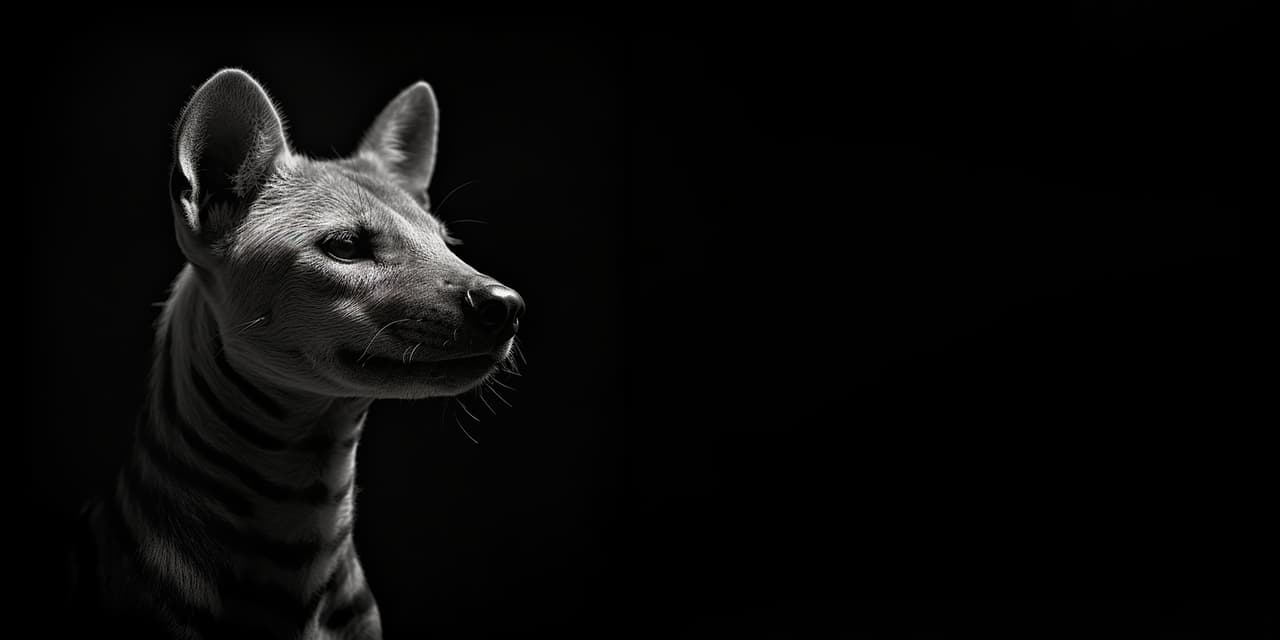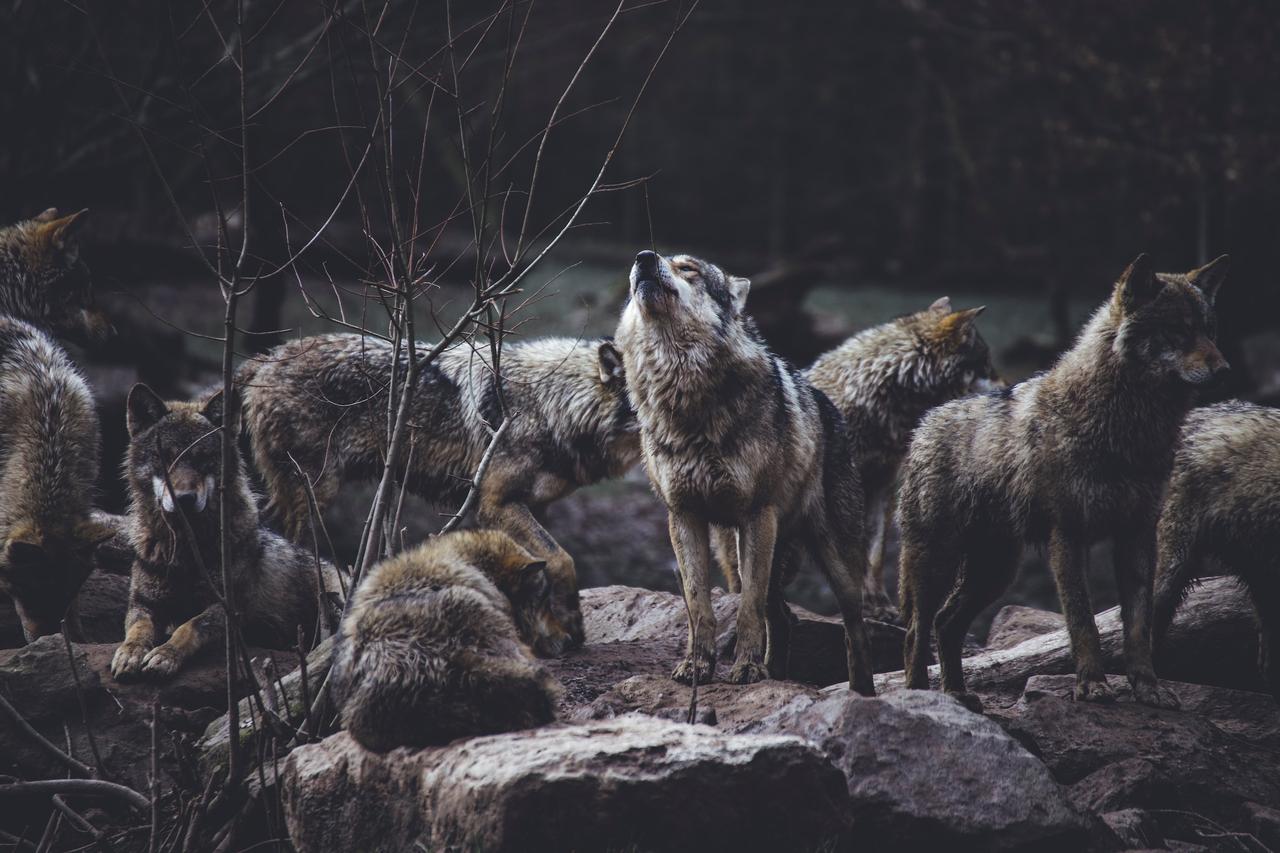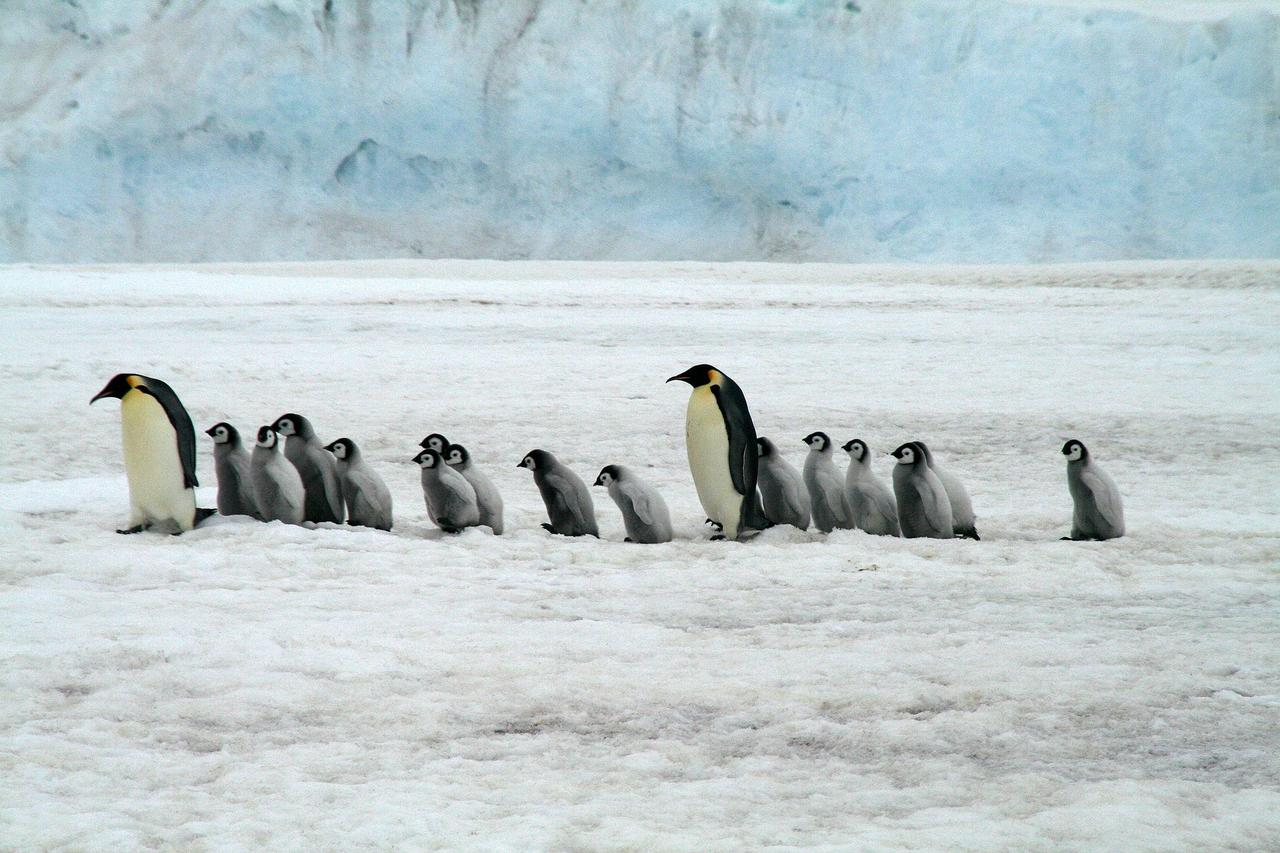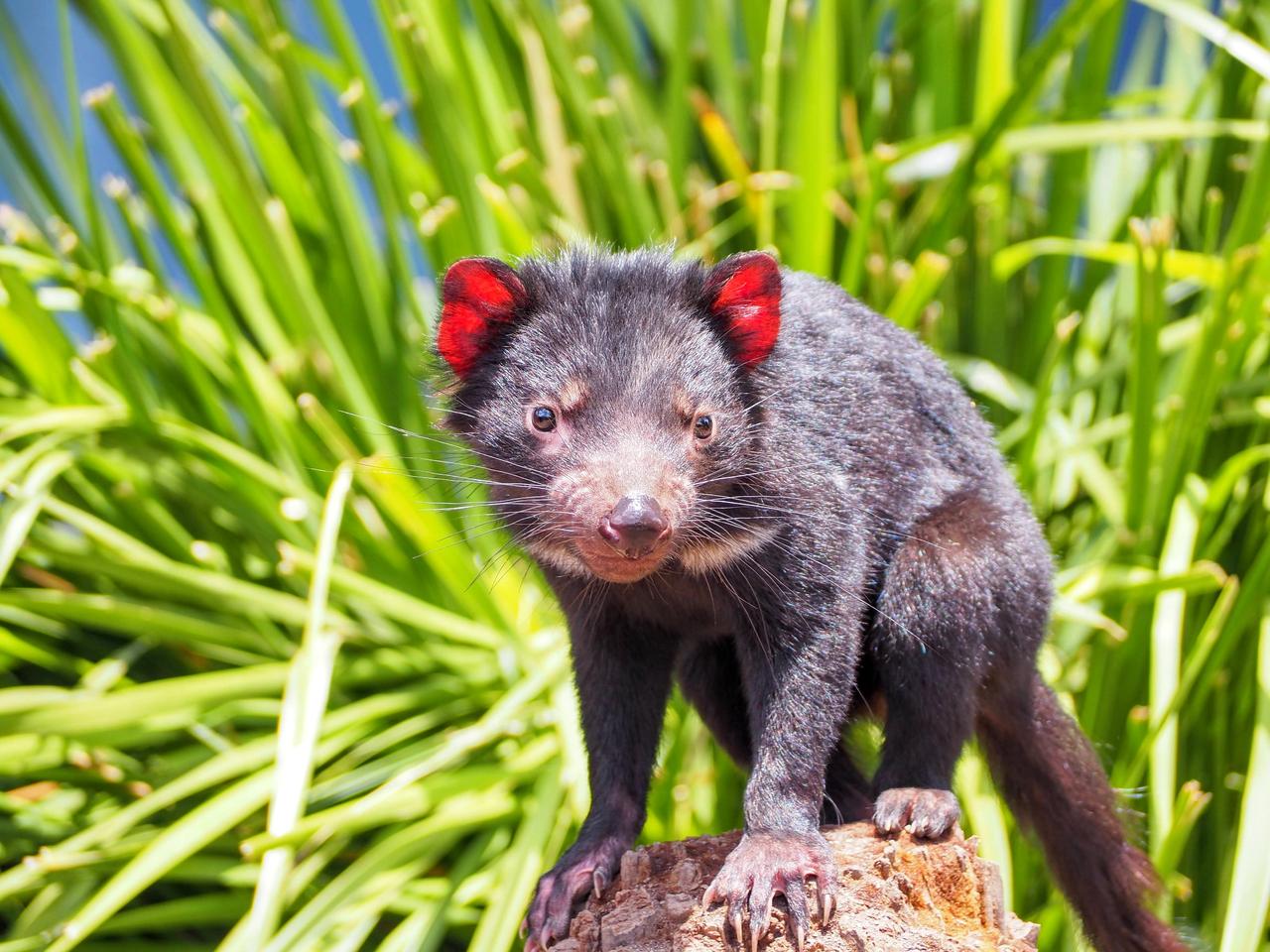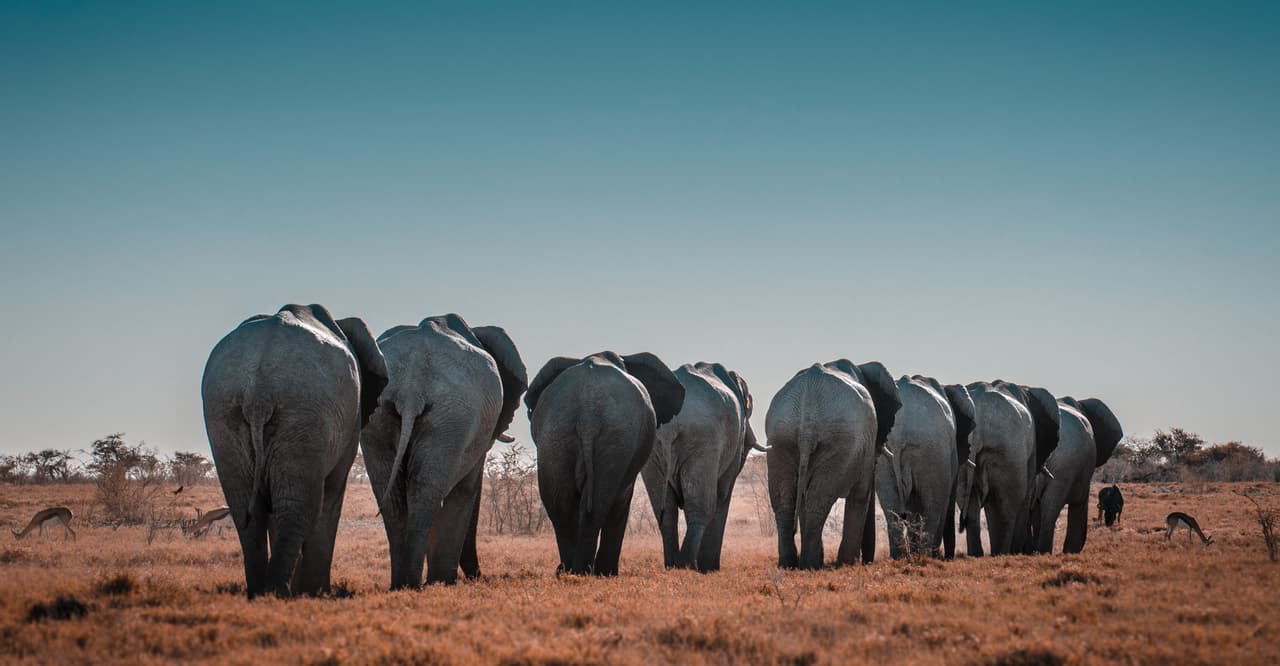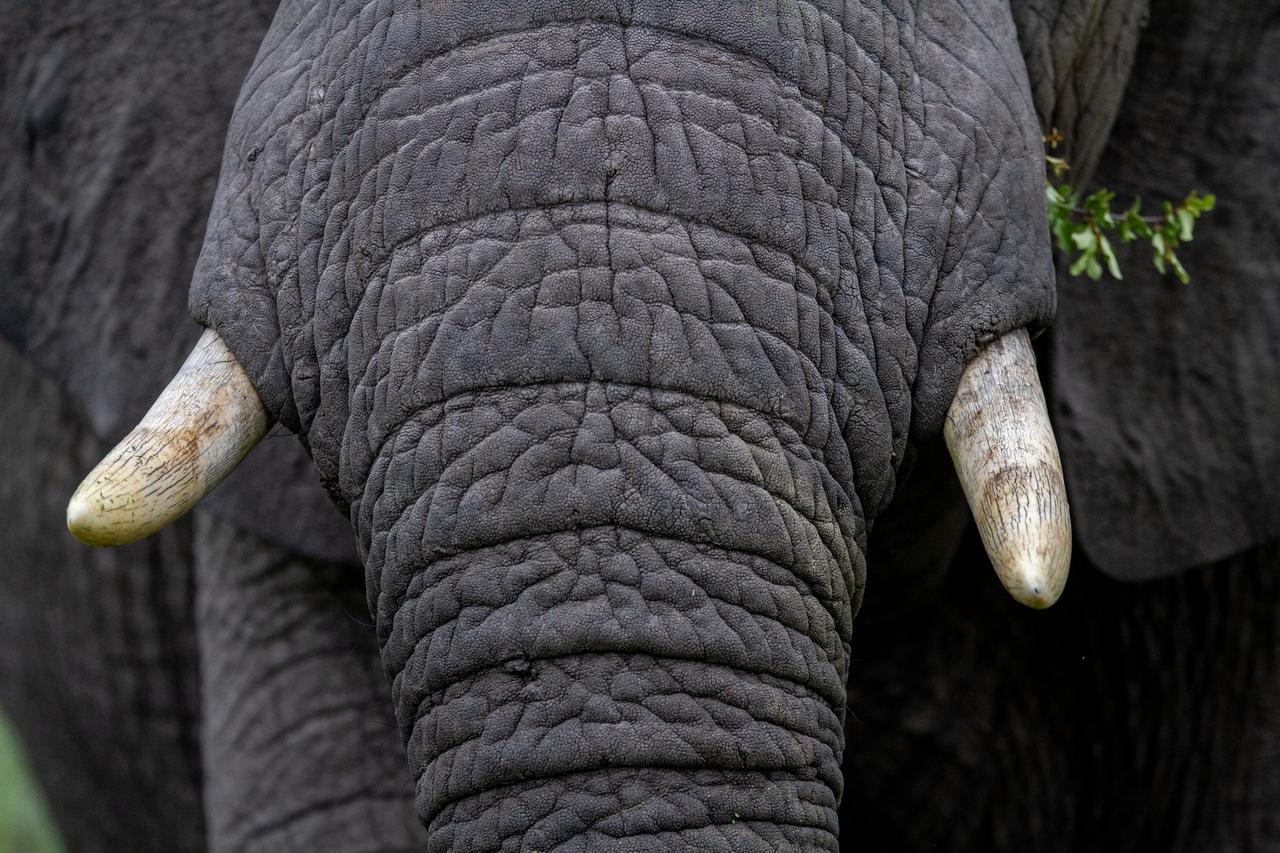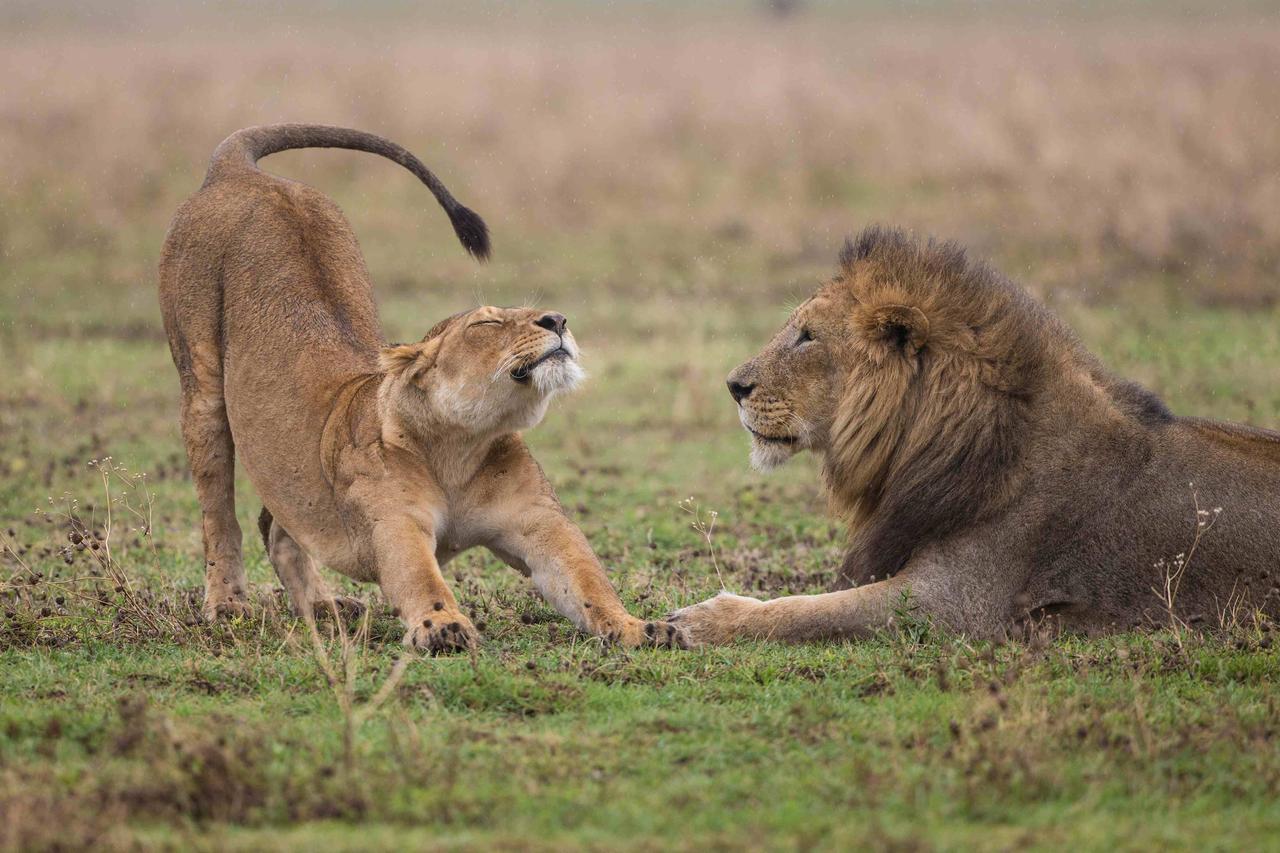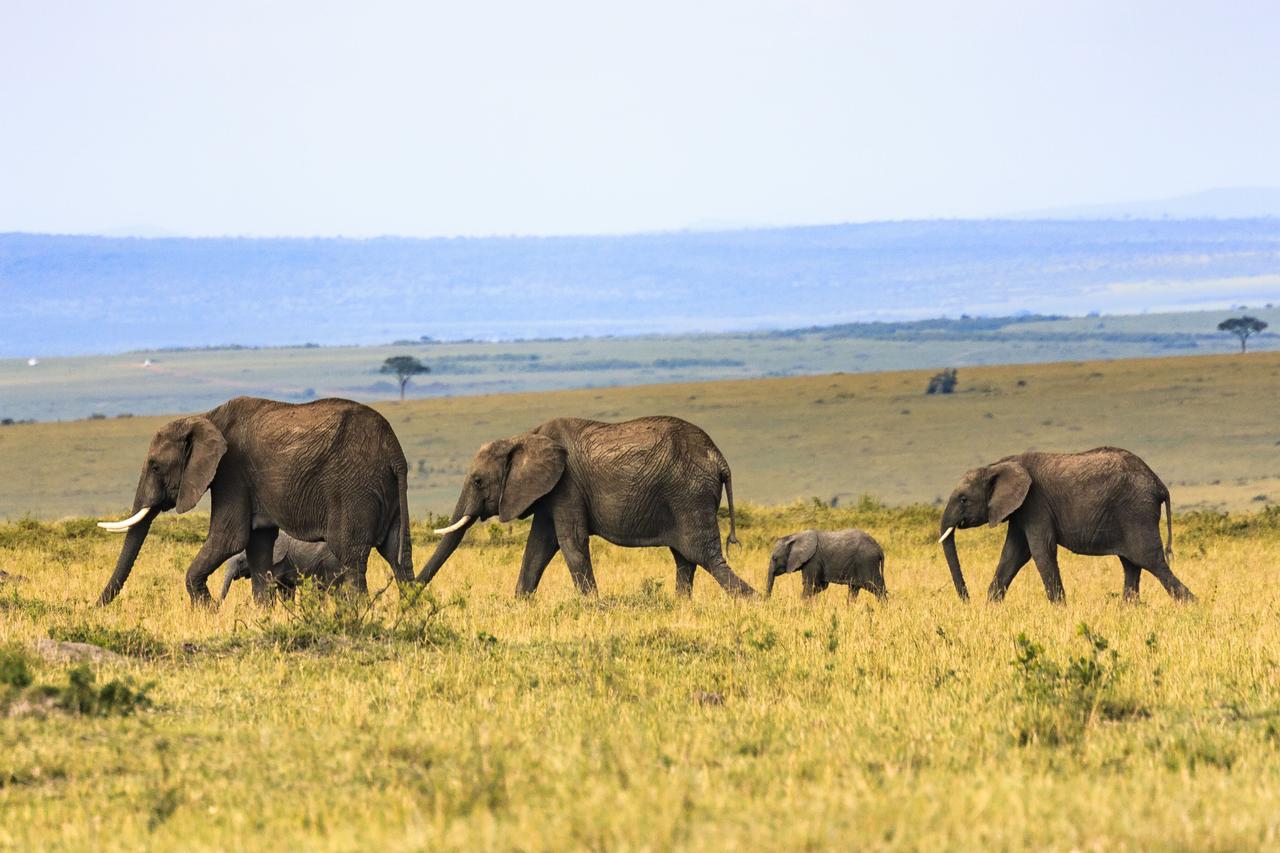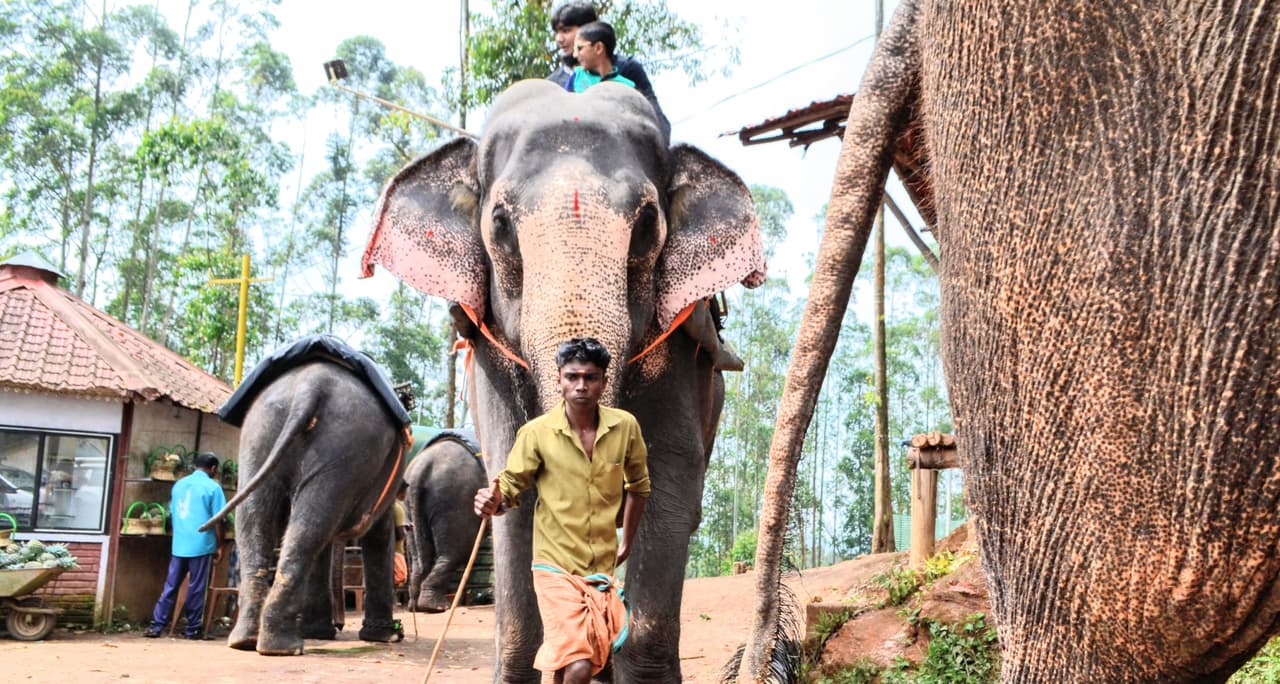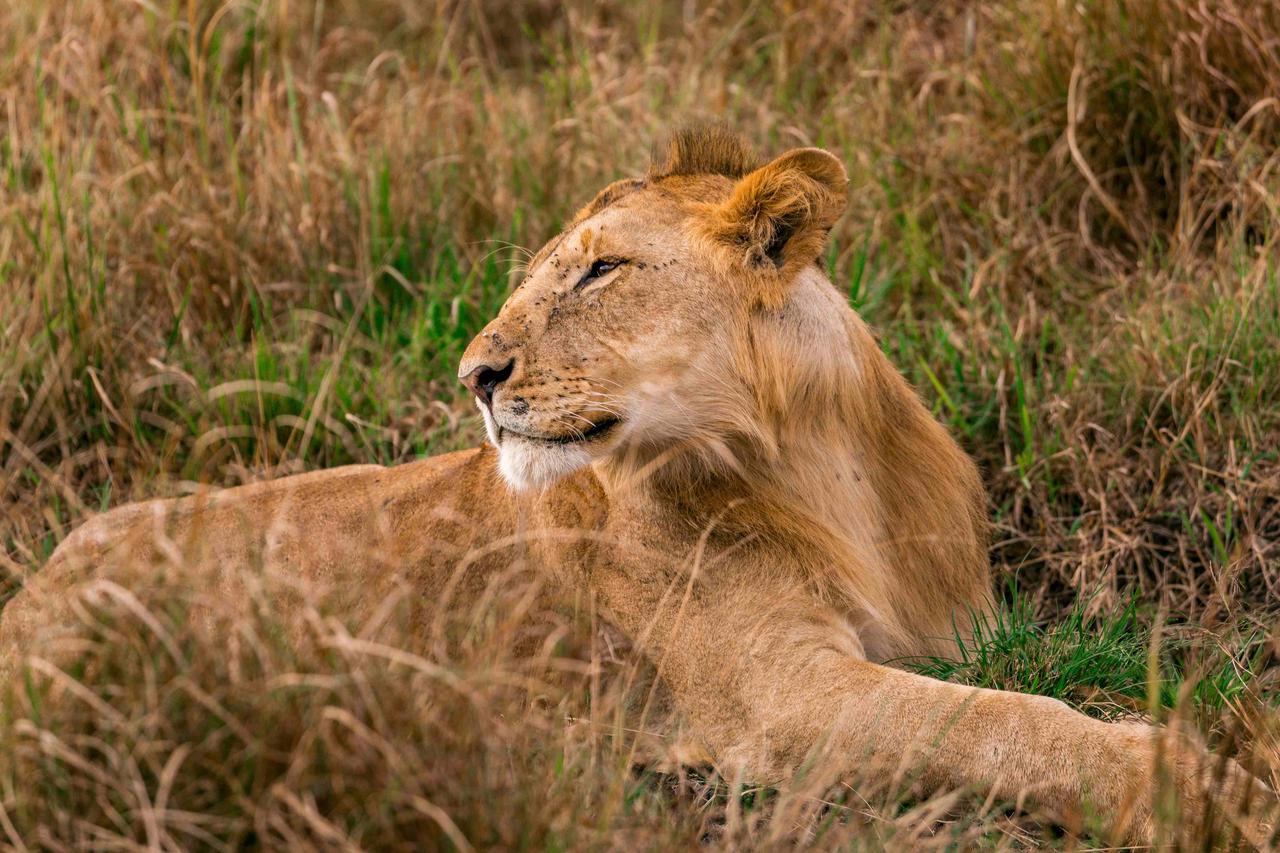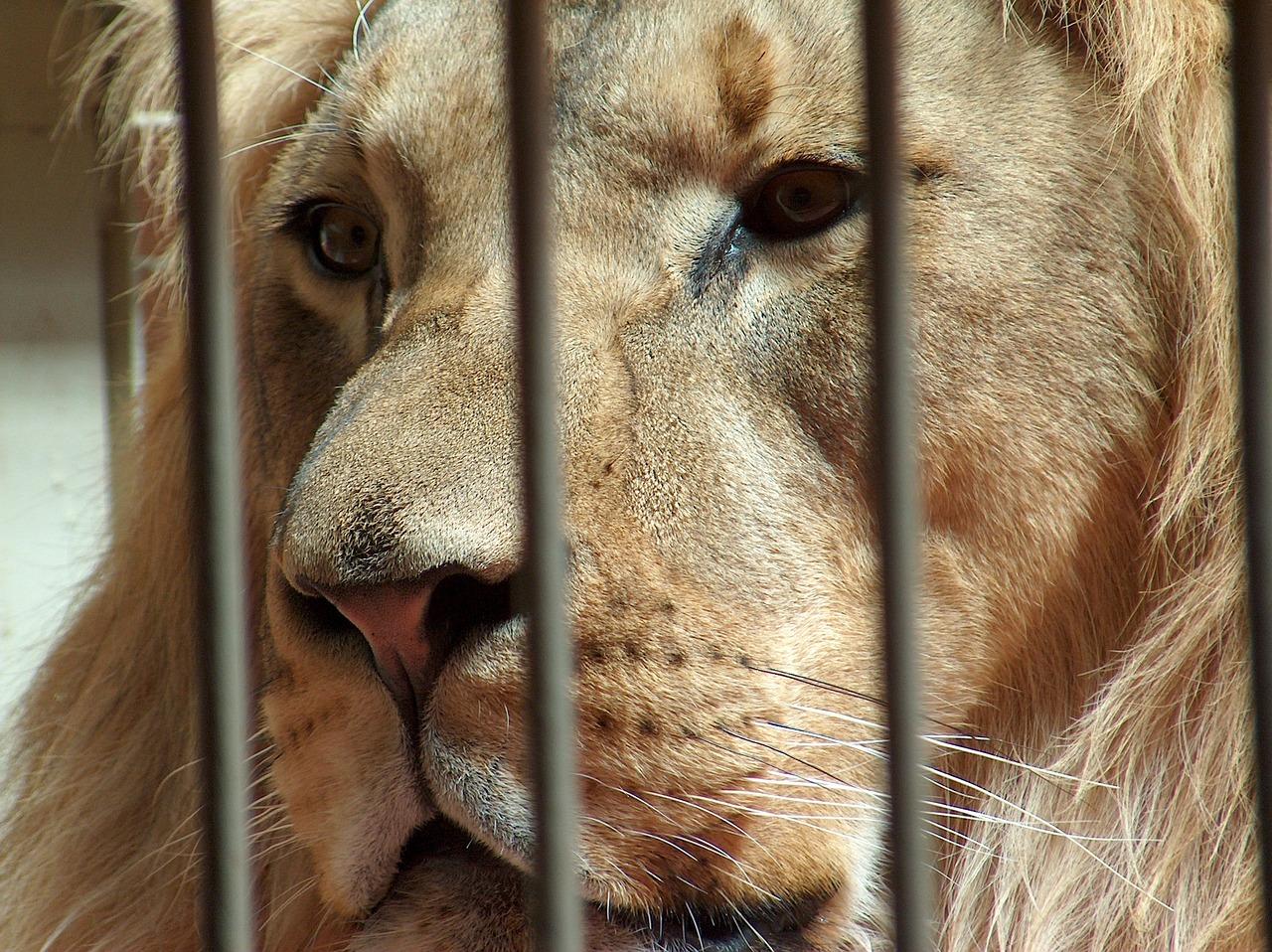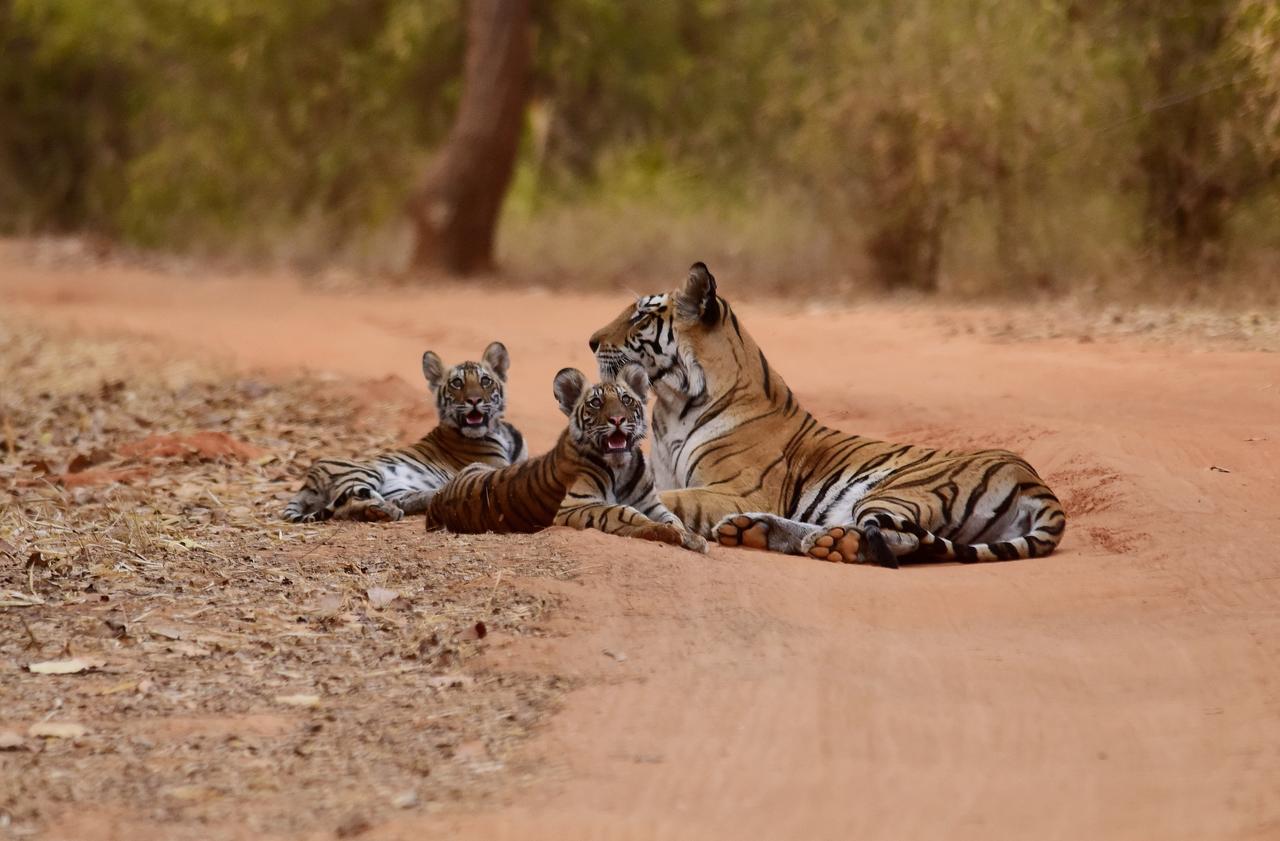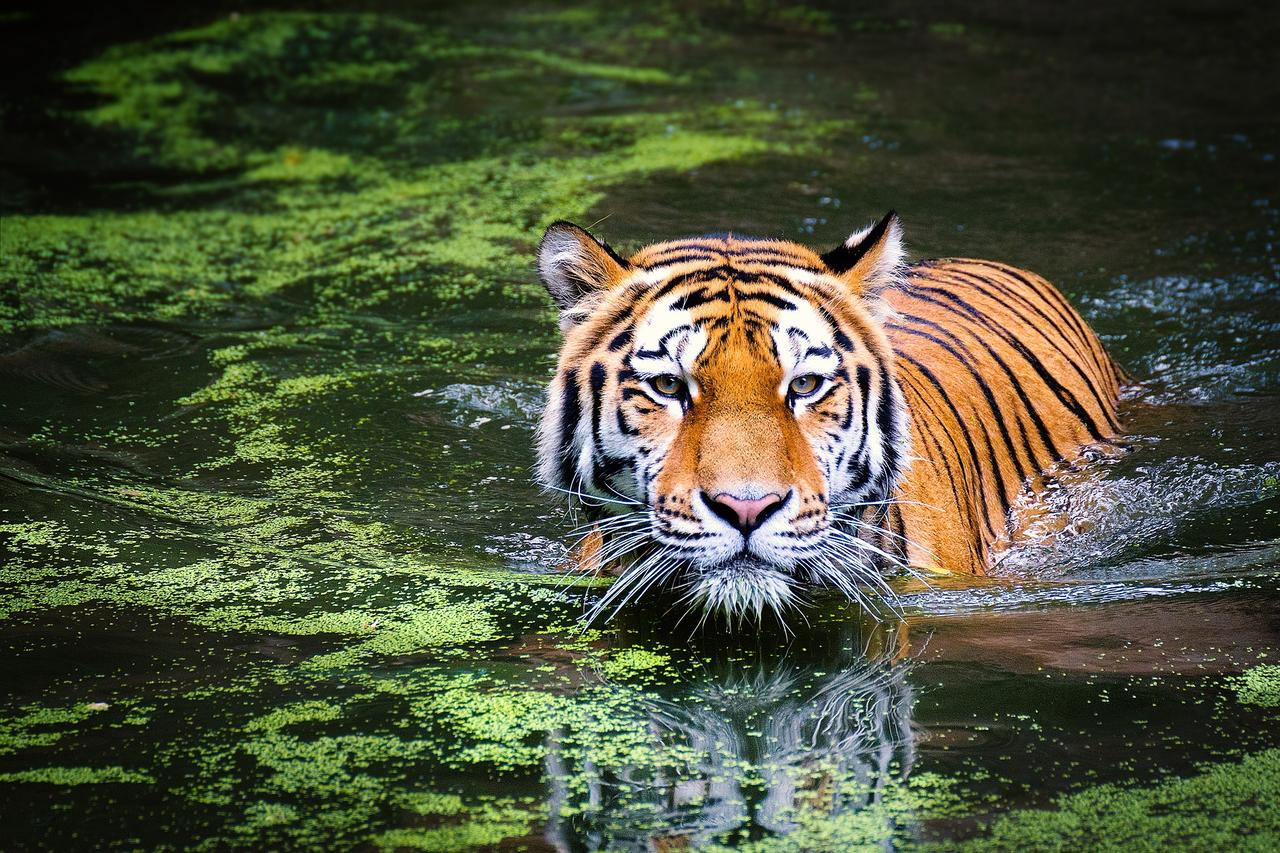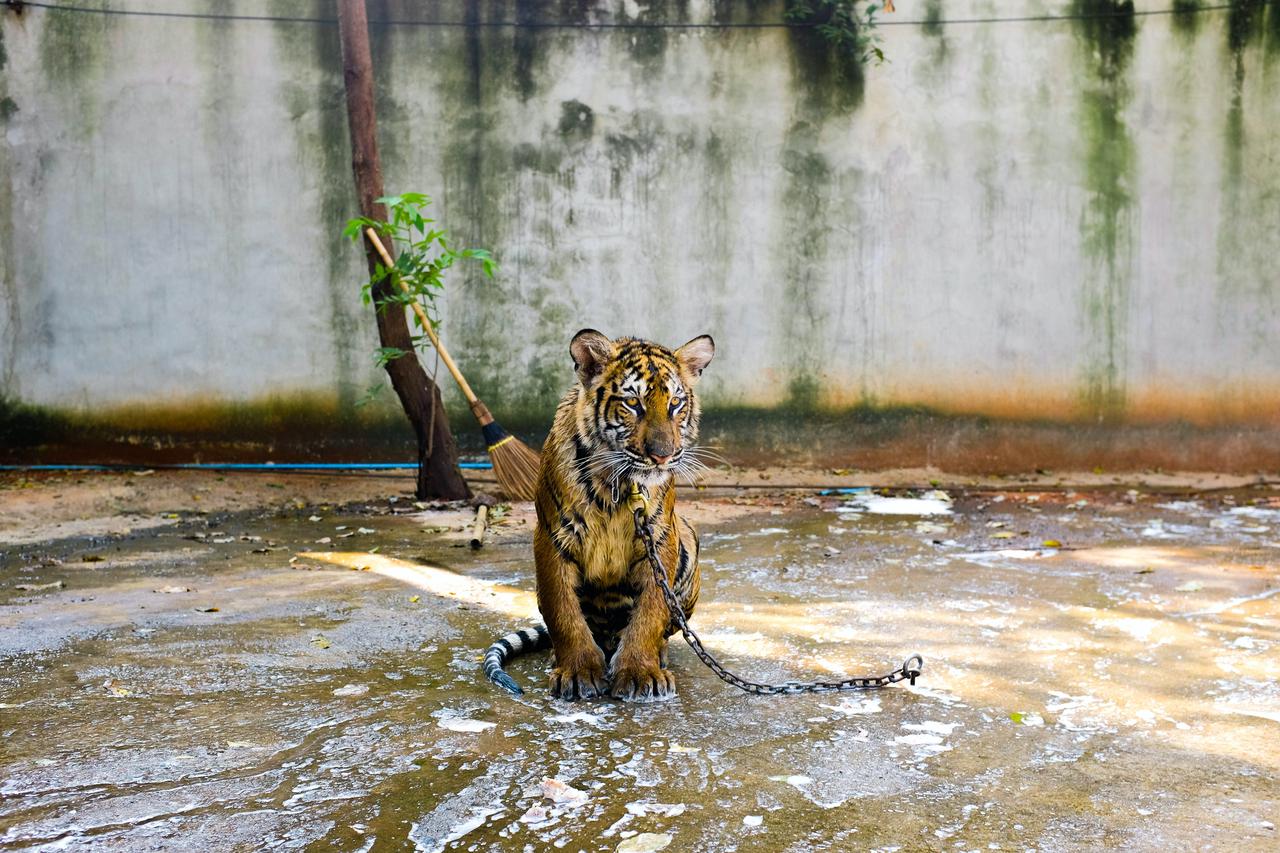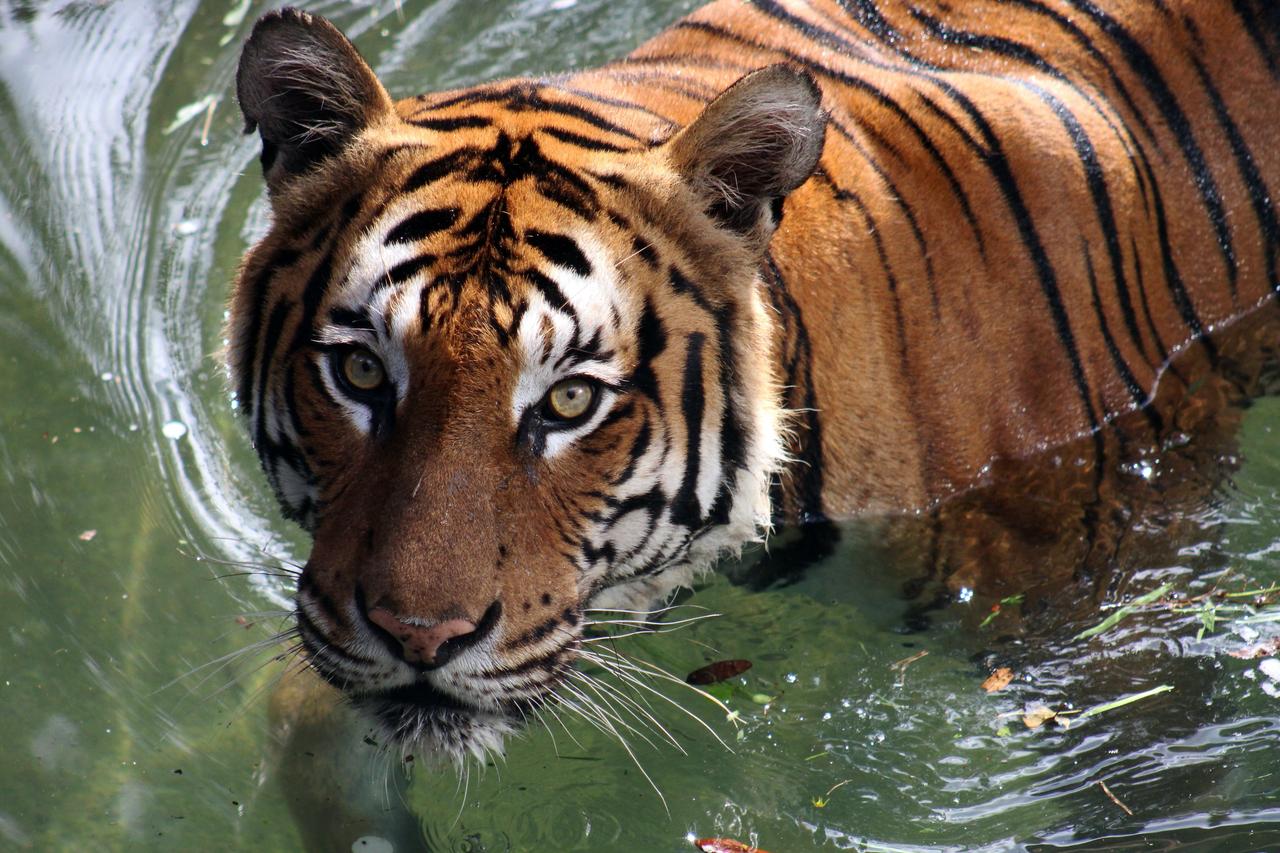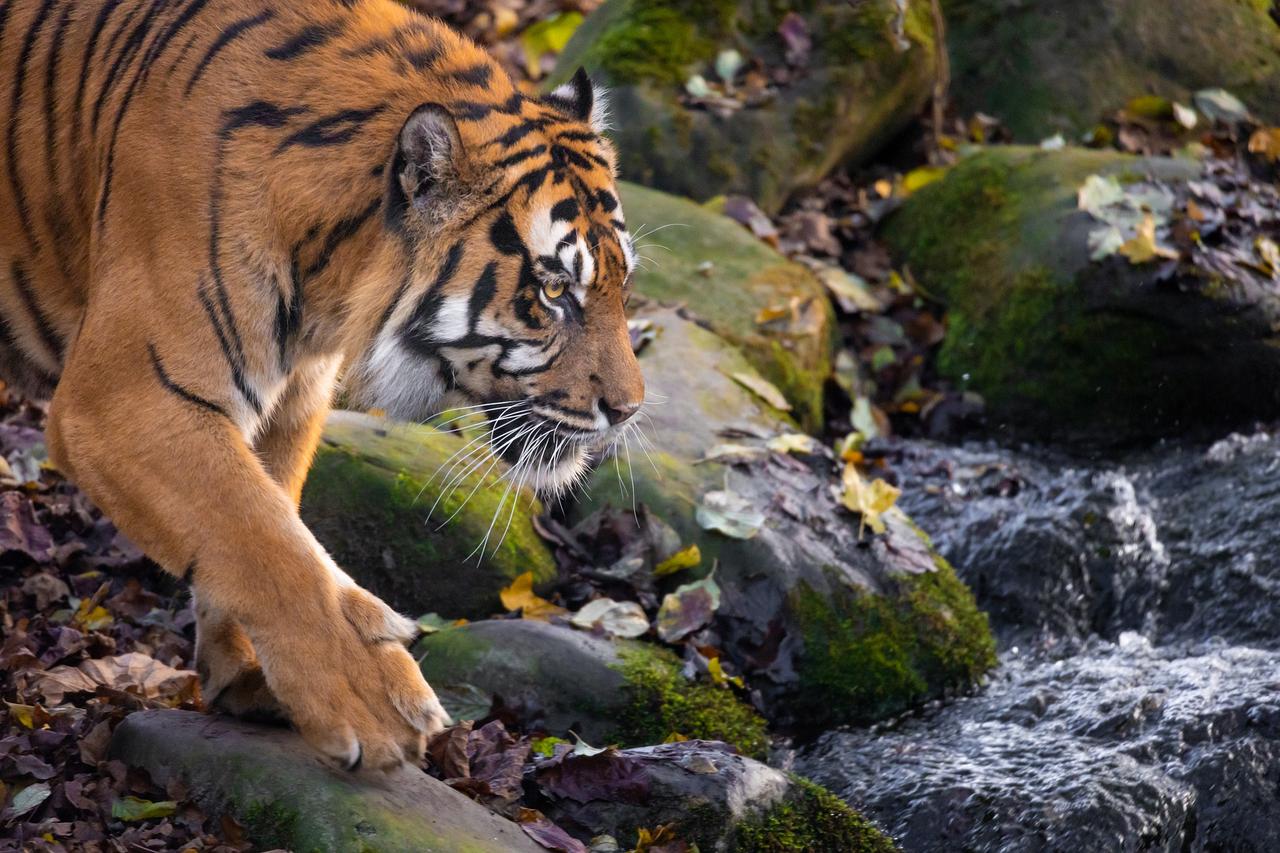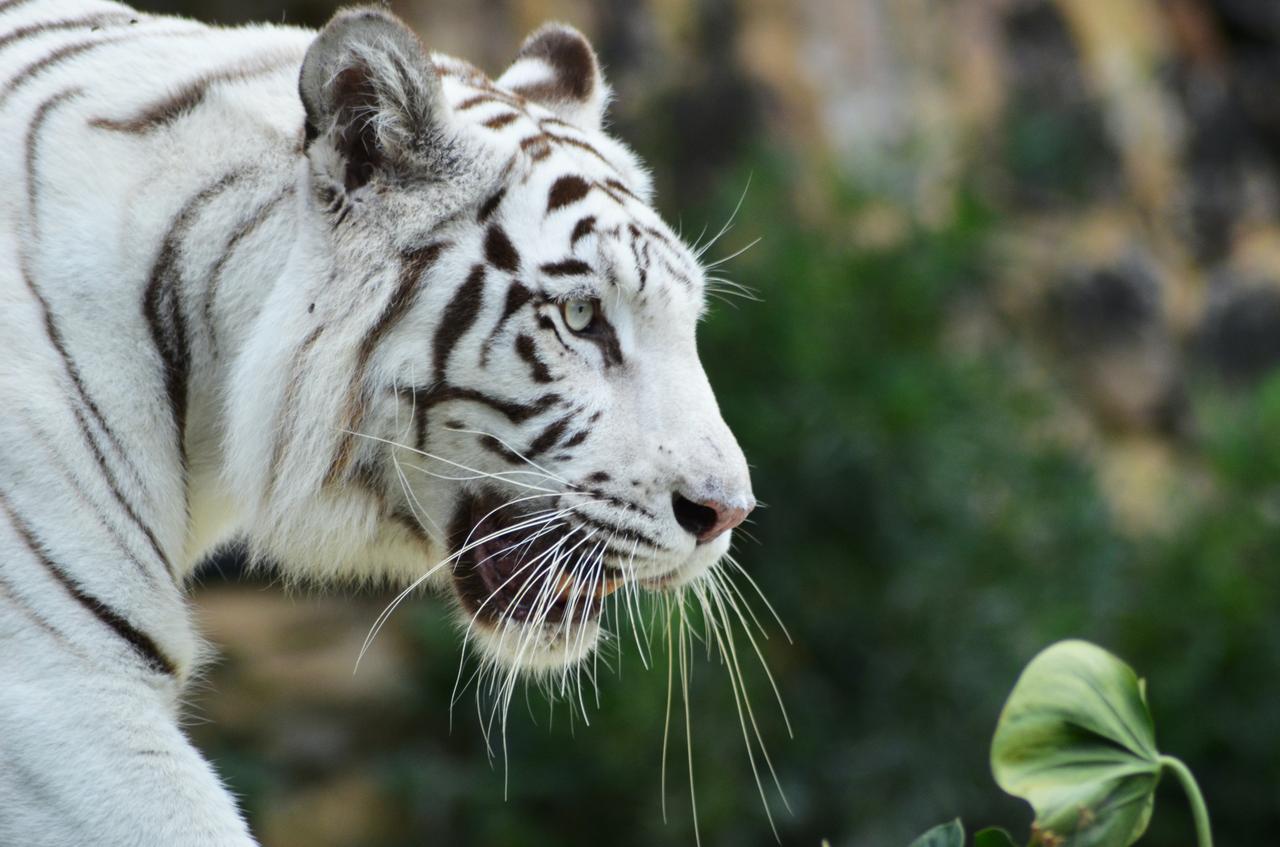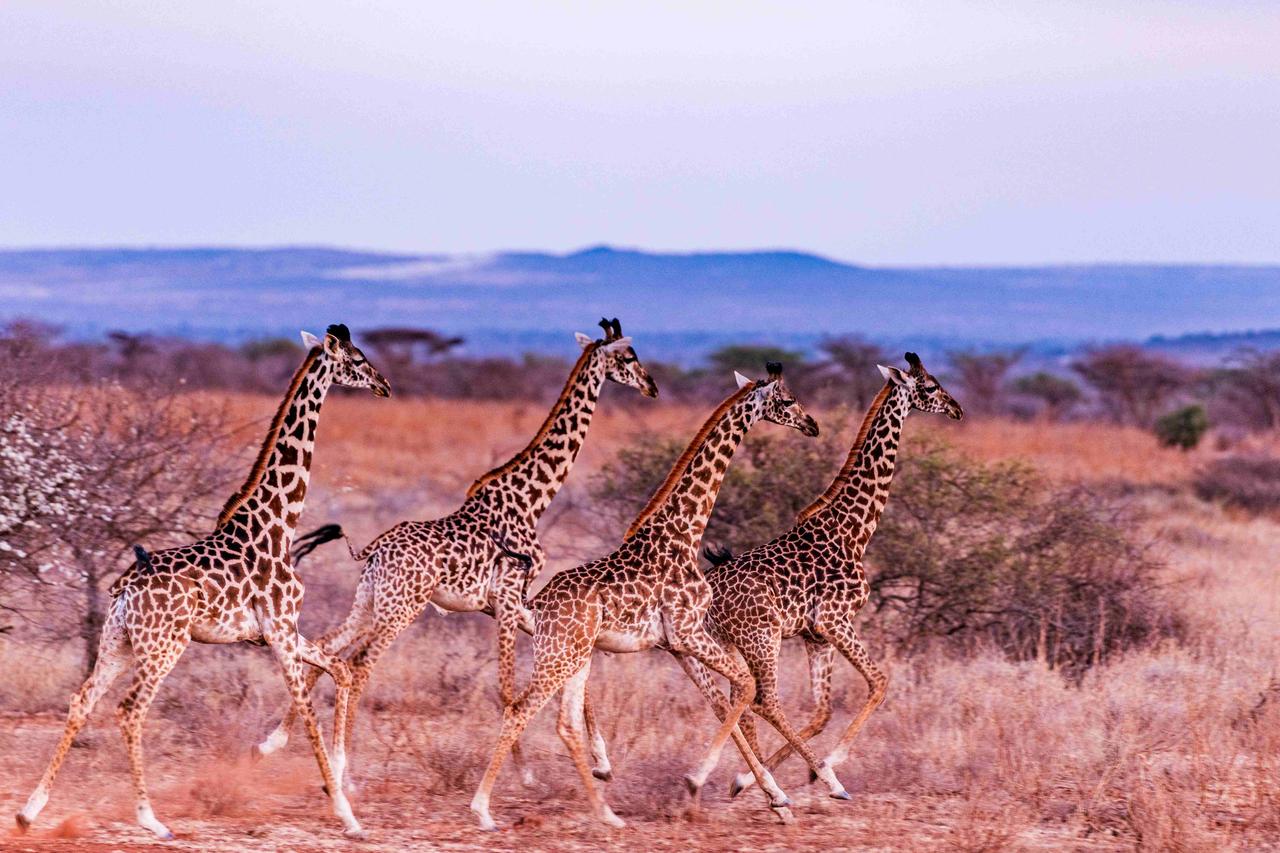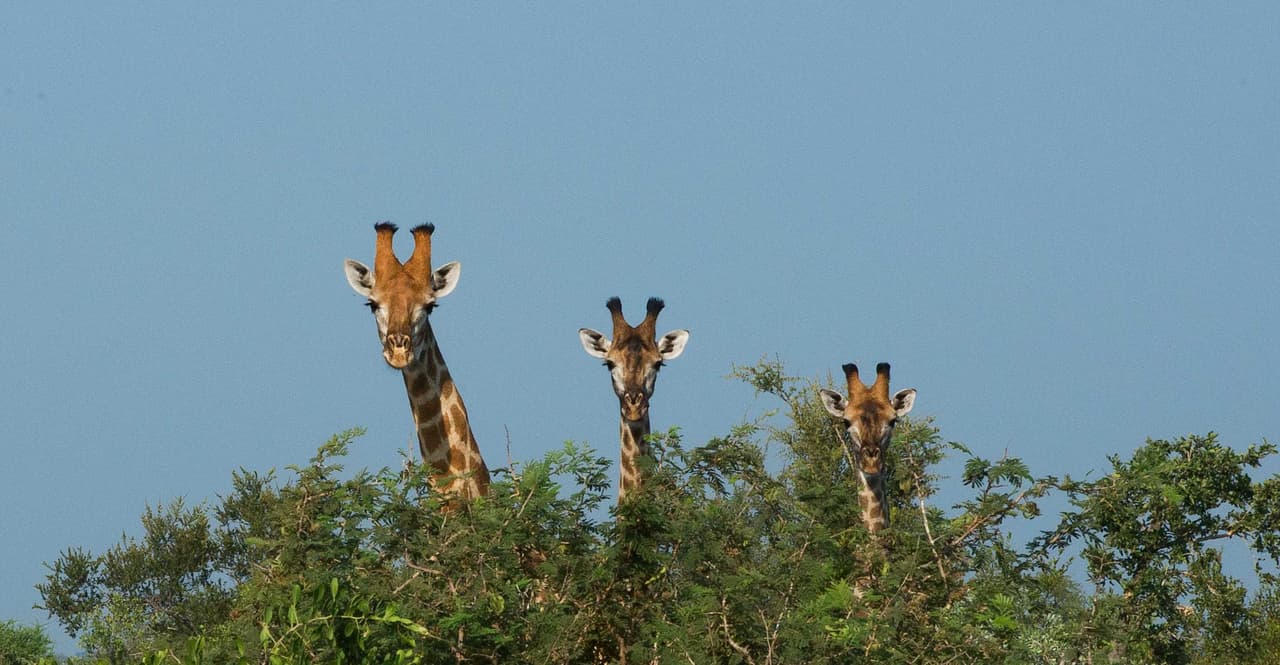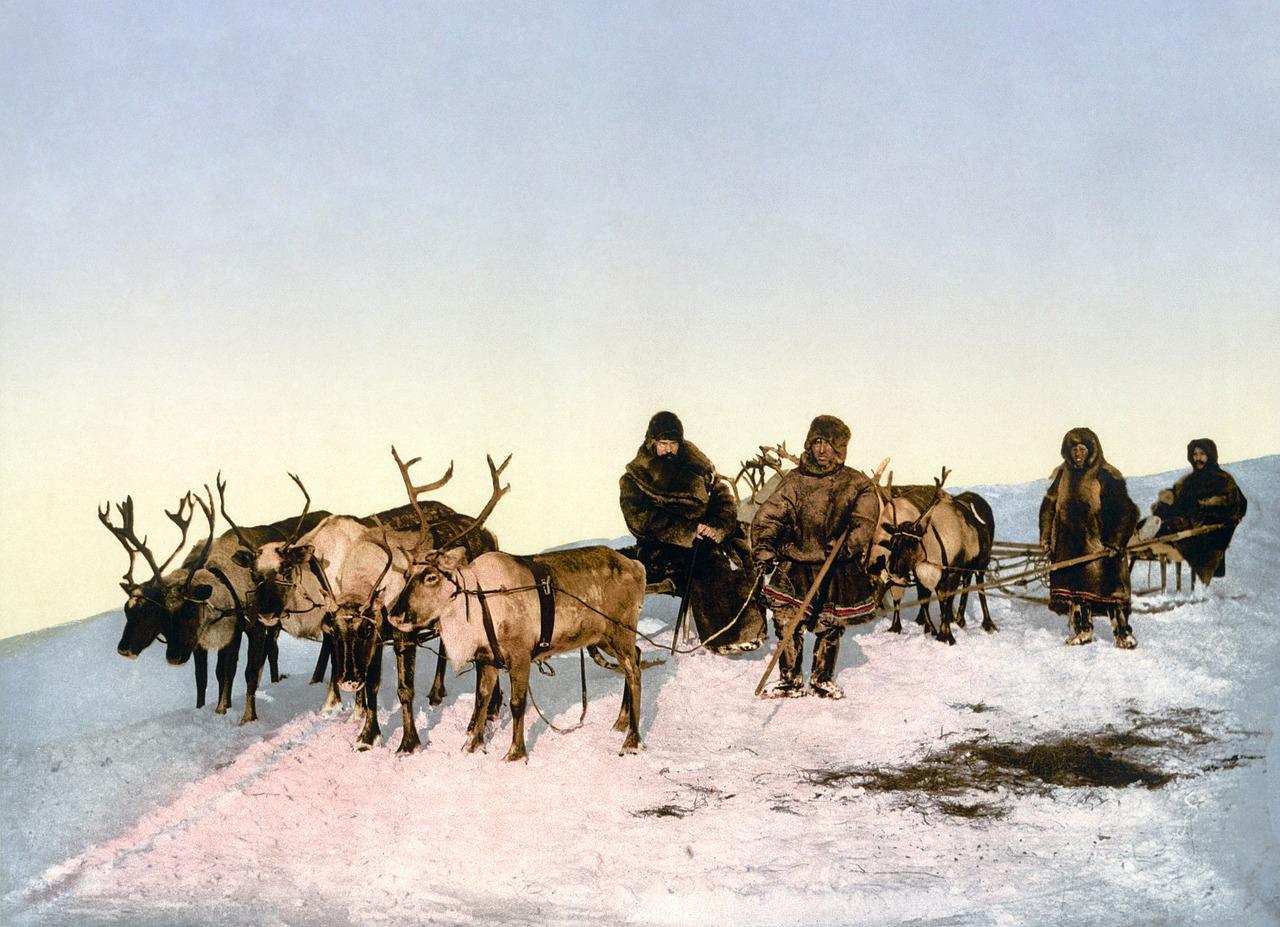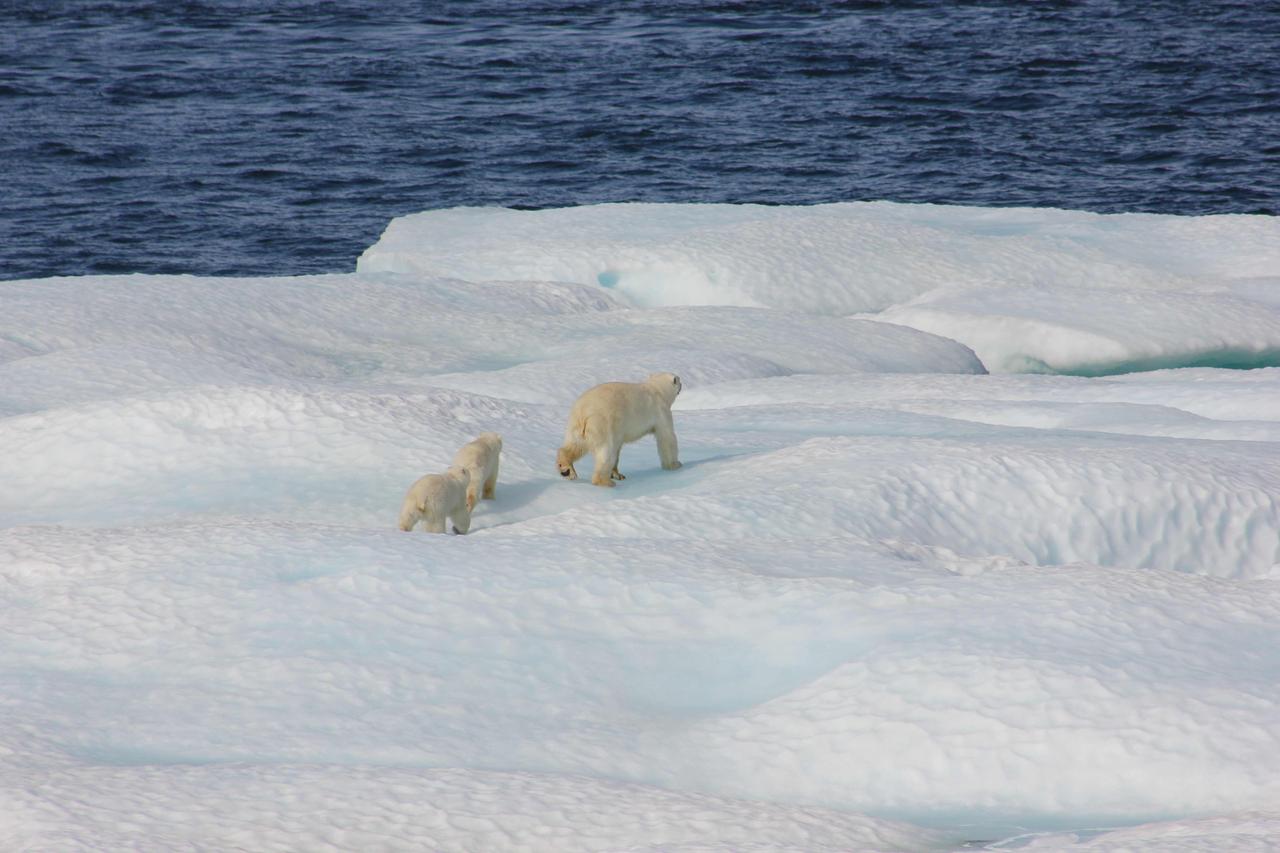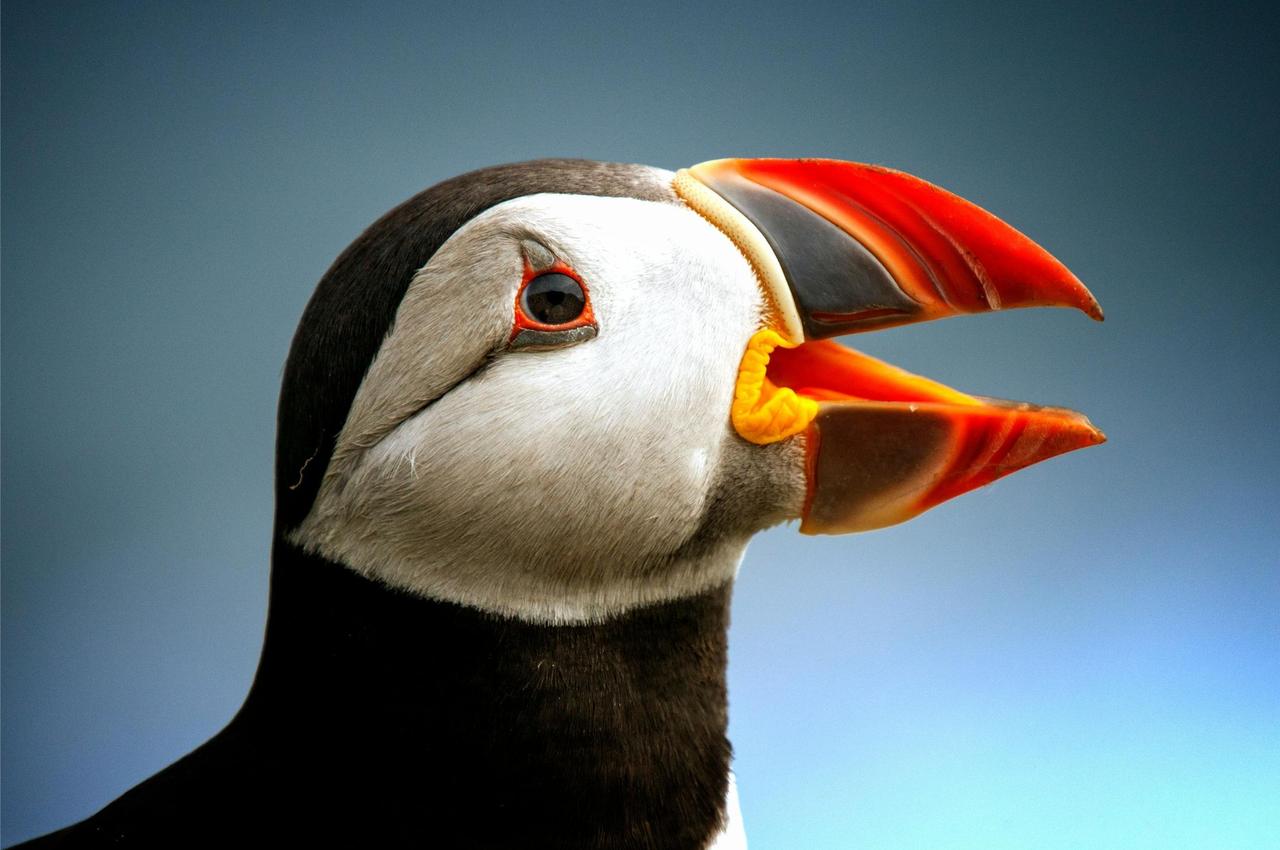
These three high-flying birds know how to brace the cold. But the cold isn’t their biggest threat anymore — we are. Learn more.
Puffin
Known as “sea parrots,” puffins are recognizable by their orange-black bills. But they aren’t always this vibrant; their beaks and feet become brighter during breeding season. Over 90% of puffins are found in Europe, and over 80% found in just one country: Iceland.
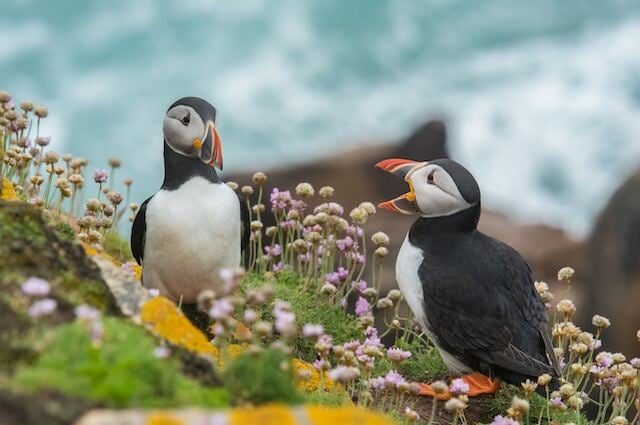
Puffins are excellent fishermen. They will fly as far as 80 km (50 mi) to find good fish stocks to feed their pufflings five meals a day. But now fish stocks are dwindling, which has resulted in puffin populations to decline faster than previously believed.
Snowy Owl
There is perhaps no wintery bird more recognizable than the snowy owl, thanks to stories like Harry Potter. But you won’t find many in castles and crooked streets, these birds are most commonly found in the North and the arctic tundra. Males are completely white, while females have dark spots, but both are covered head-to-toe (yes, even their feet!) in feathers — making them one of the heaviest owls.
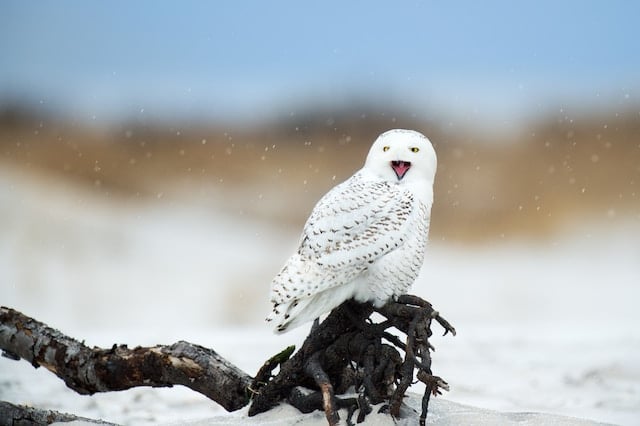
Each snowy owl brood has between 5-11 chicks — requiring parents to hunt 30 lemmings per day. But food is becoming harder to find these days. Climate change and human activity is altering the arctic food web — because of which, snowy owls are now listed as vulnerable to extinction.
Albatross
Most famous for their enormous wingspan (the largest of any bird on the planet), the albatross is a bird built for the skies — a single albatross can fly millions of miles during its lifetime and soar at 129 km per hour (80 mph). In fact, some spend nearly their entire lives at sea, only touching dry land to breed, making these birds masters at long-distance relationships. But since females fish where industrial fishing fleets also wade, their populations are declining. It is now common for males, while not reproductively advantageous, to form companionships with other males.
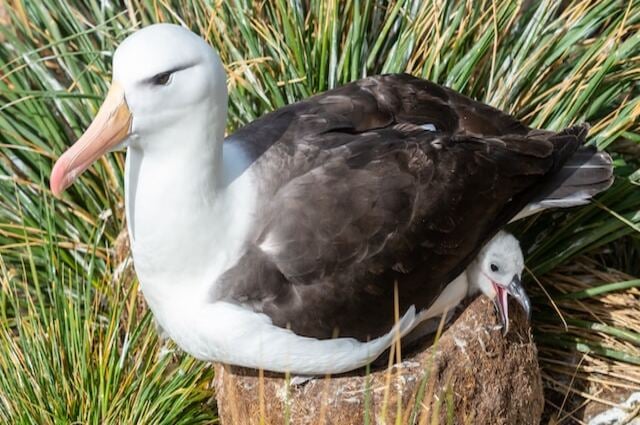
Despite being capable of predicting the weather and living relatively sight unseen, nearly all albatross species are ENDANGERED. Fish and squid make up a healthy diet for an albatross, but now they are eating something different: plastic. 8 million tons of plastic ends up in the oceans each year — and it’s lethal. Albatross chicks are unknowingly being fed things like food labels and plastic bags; things their parents mistake for food. The lucky ones can regurgitate these unnatural foods, but many others can’t — one-third of chicks die every year because of plastic ingestion.
As our actions change the natural world, winter’s animals need our help more than ever. Let’s keep WINTER WILD with a donation to organizations helping protect ENDANGERED animals.
